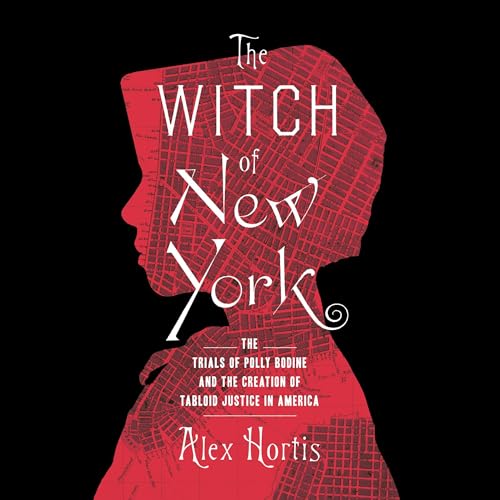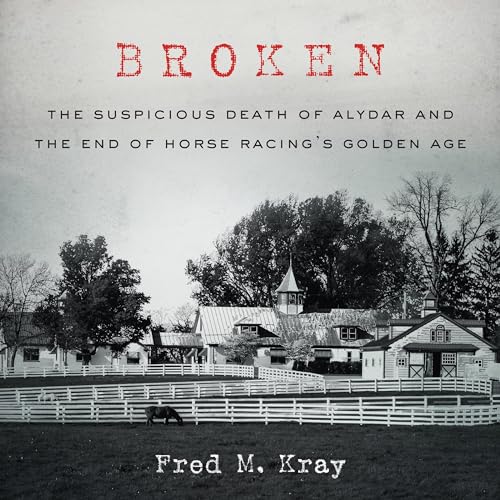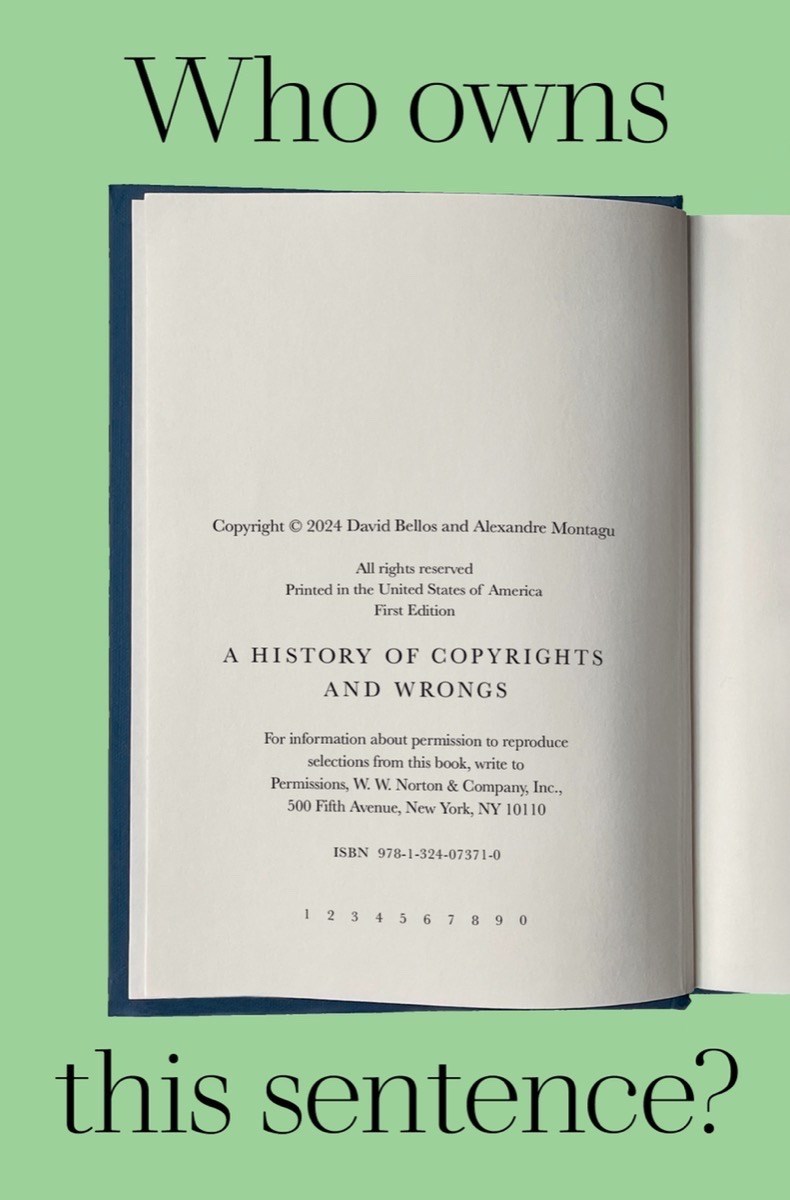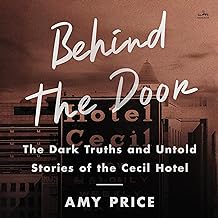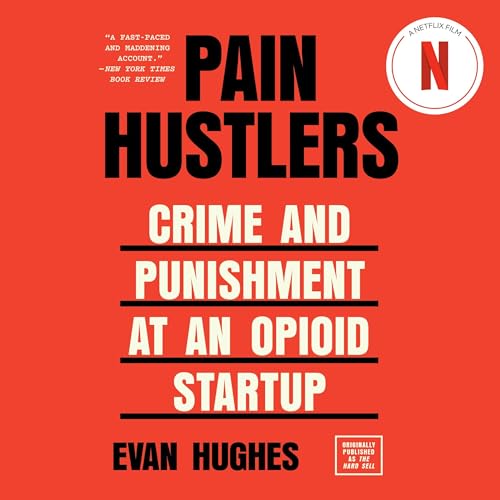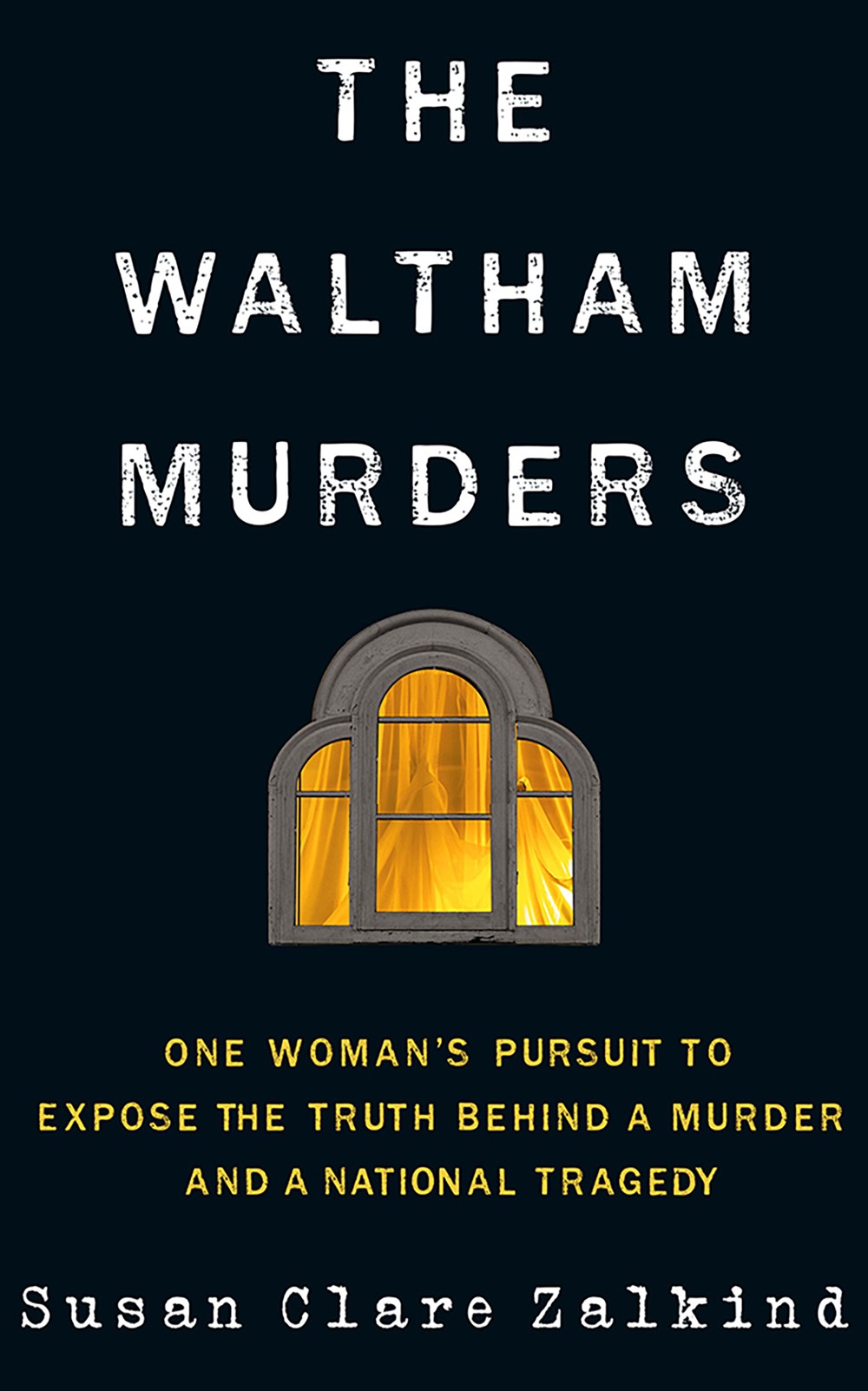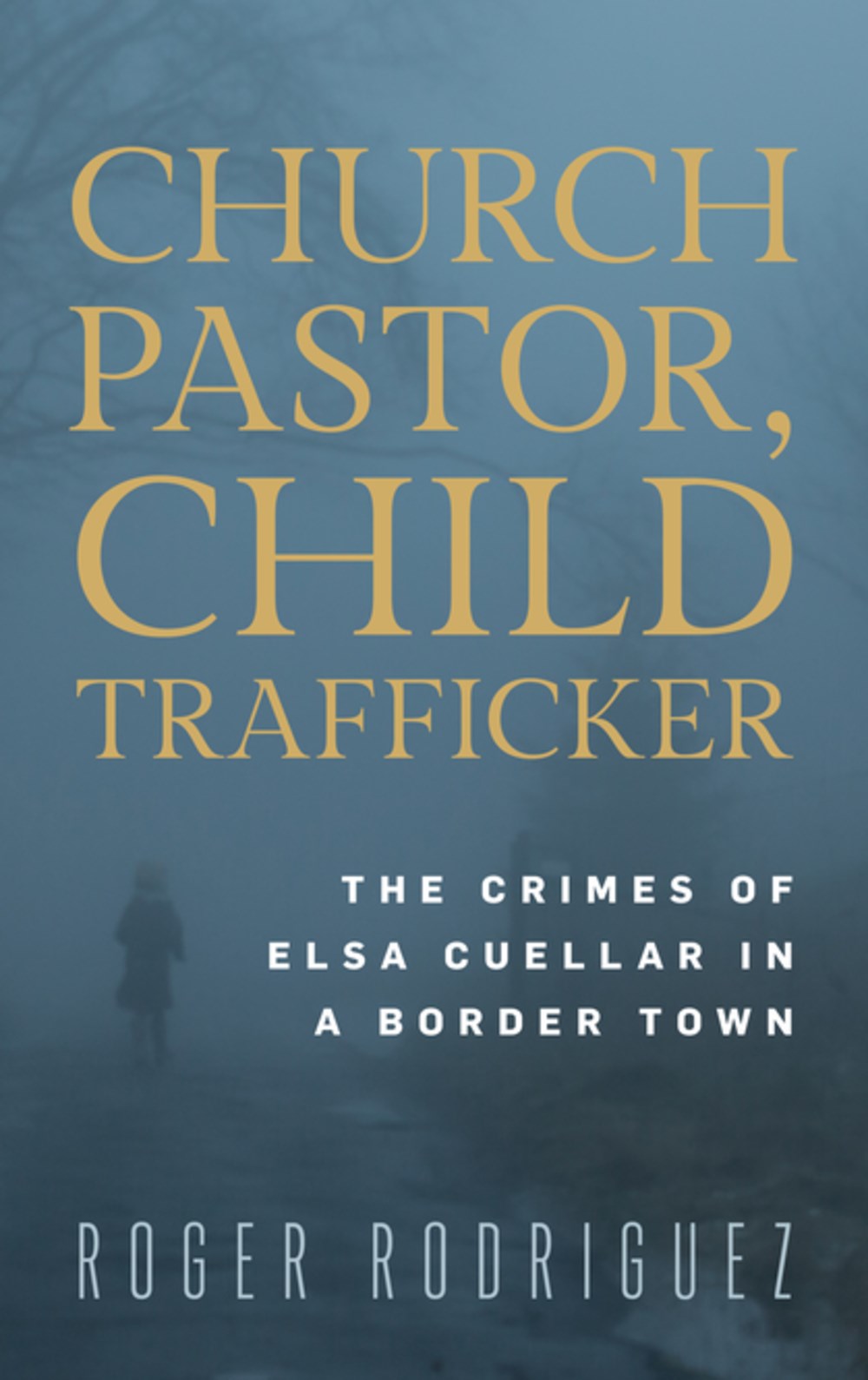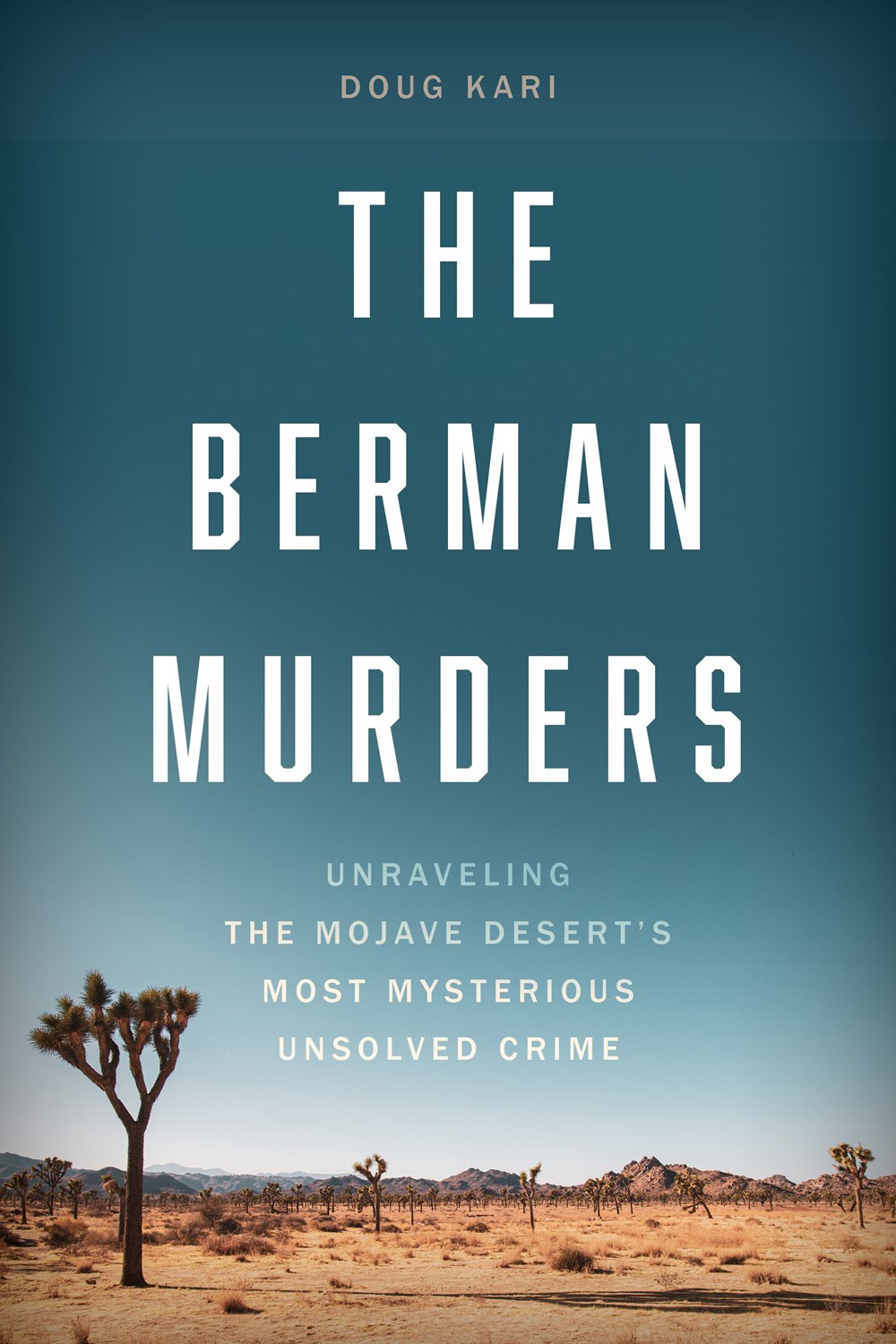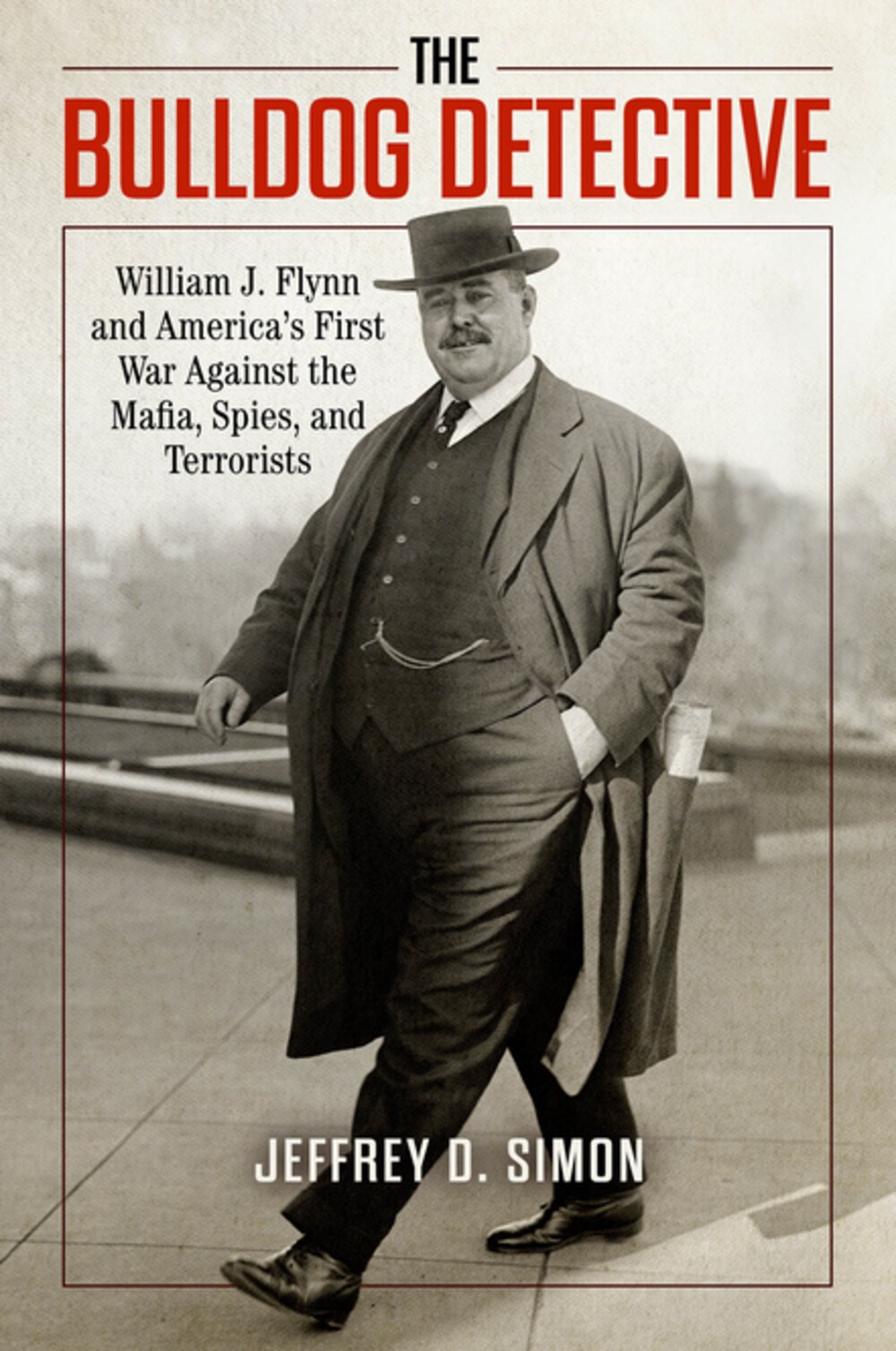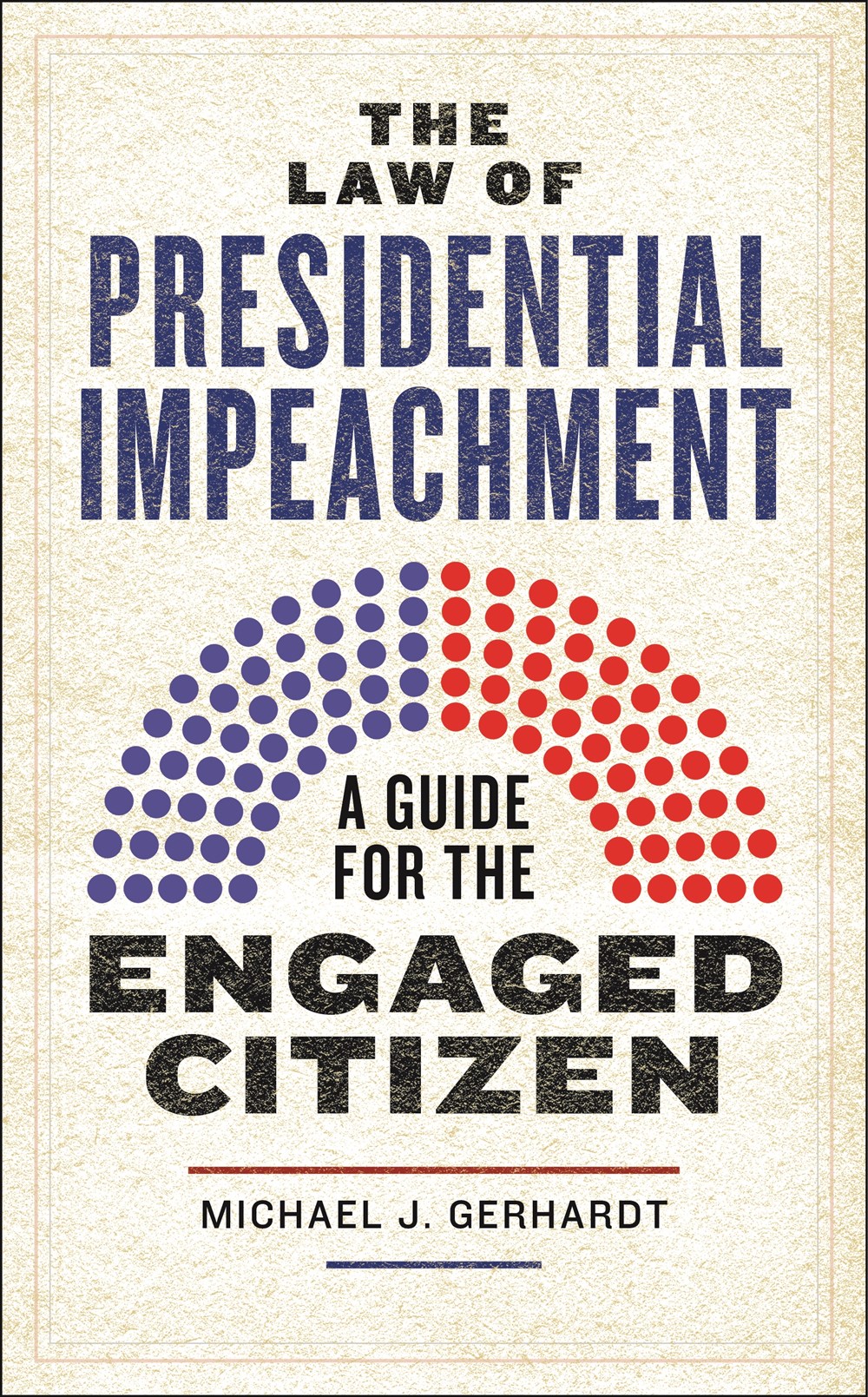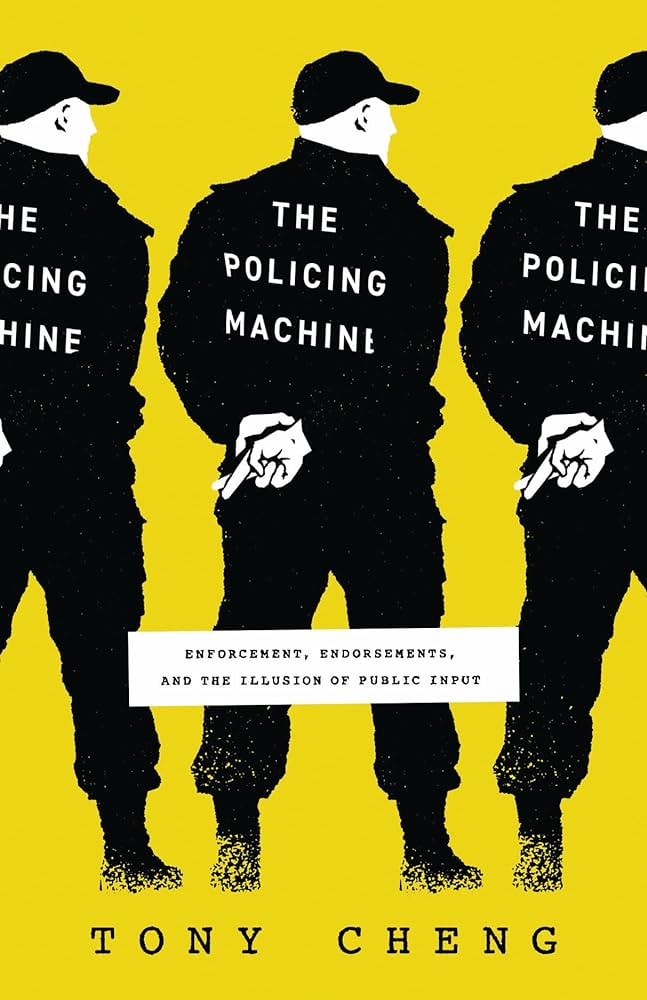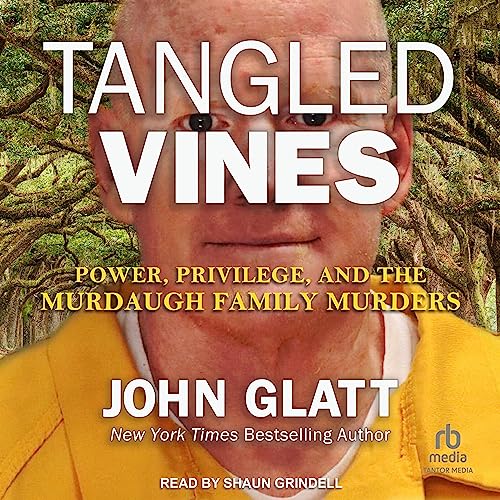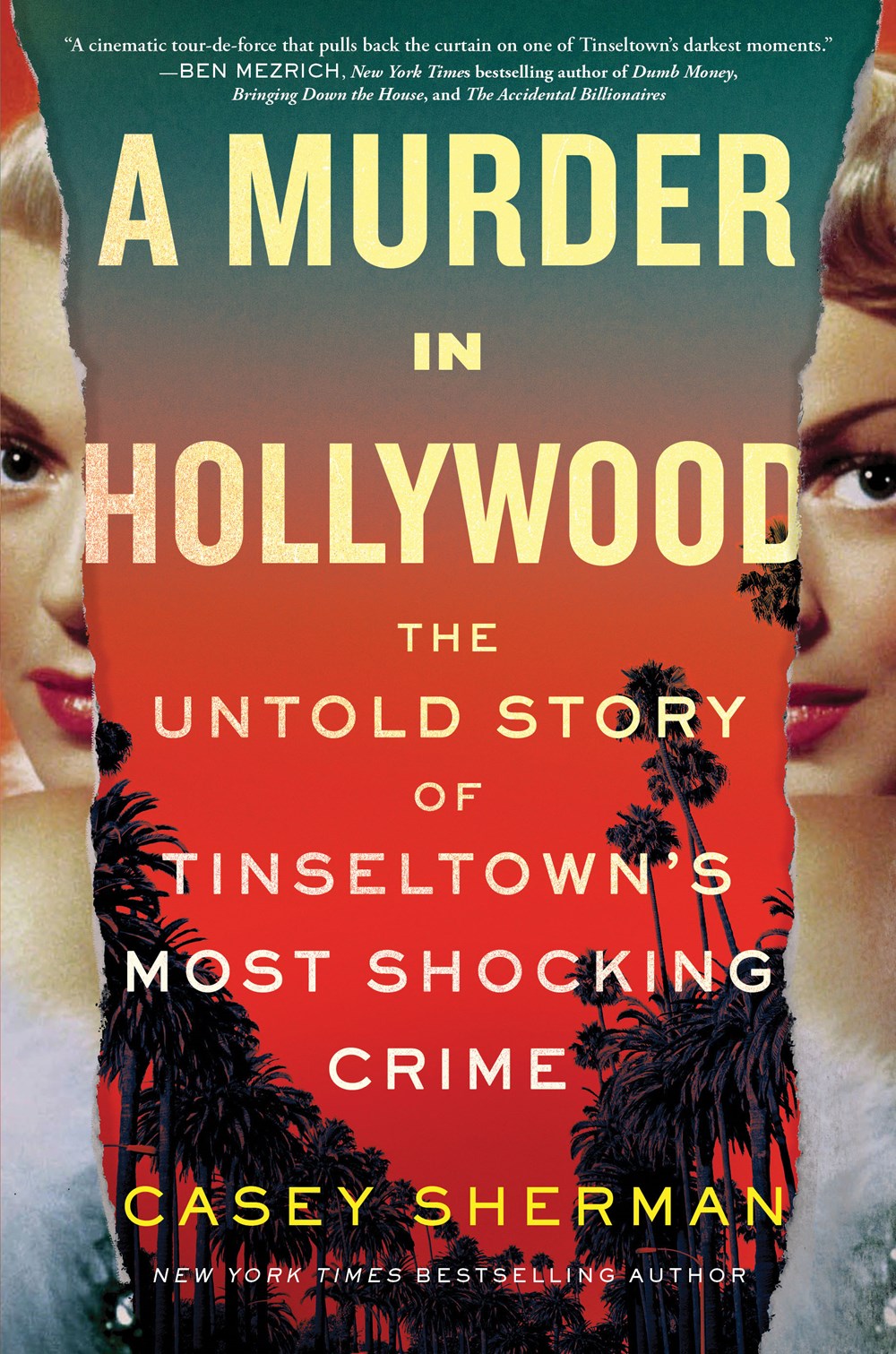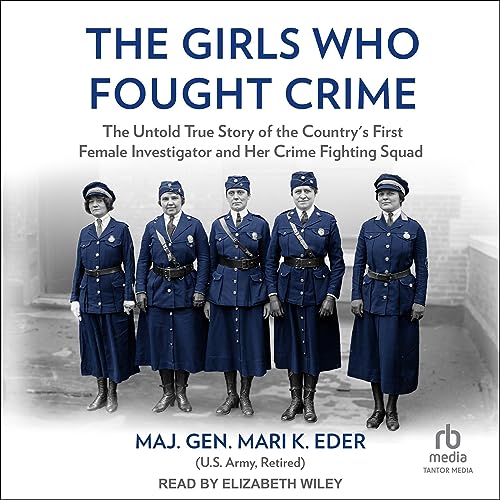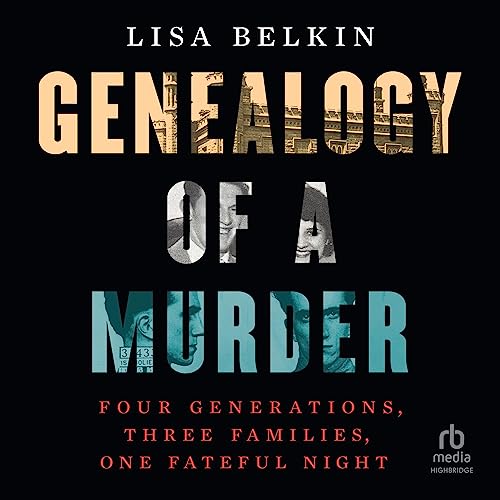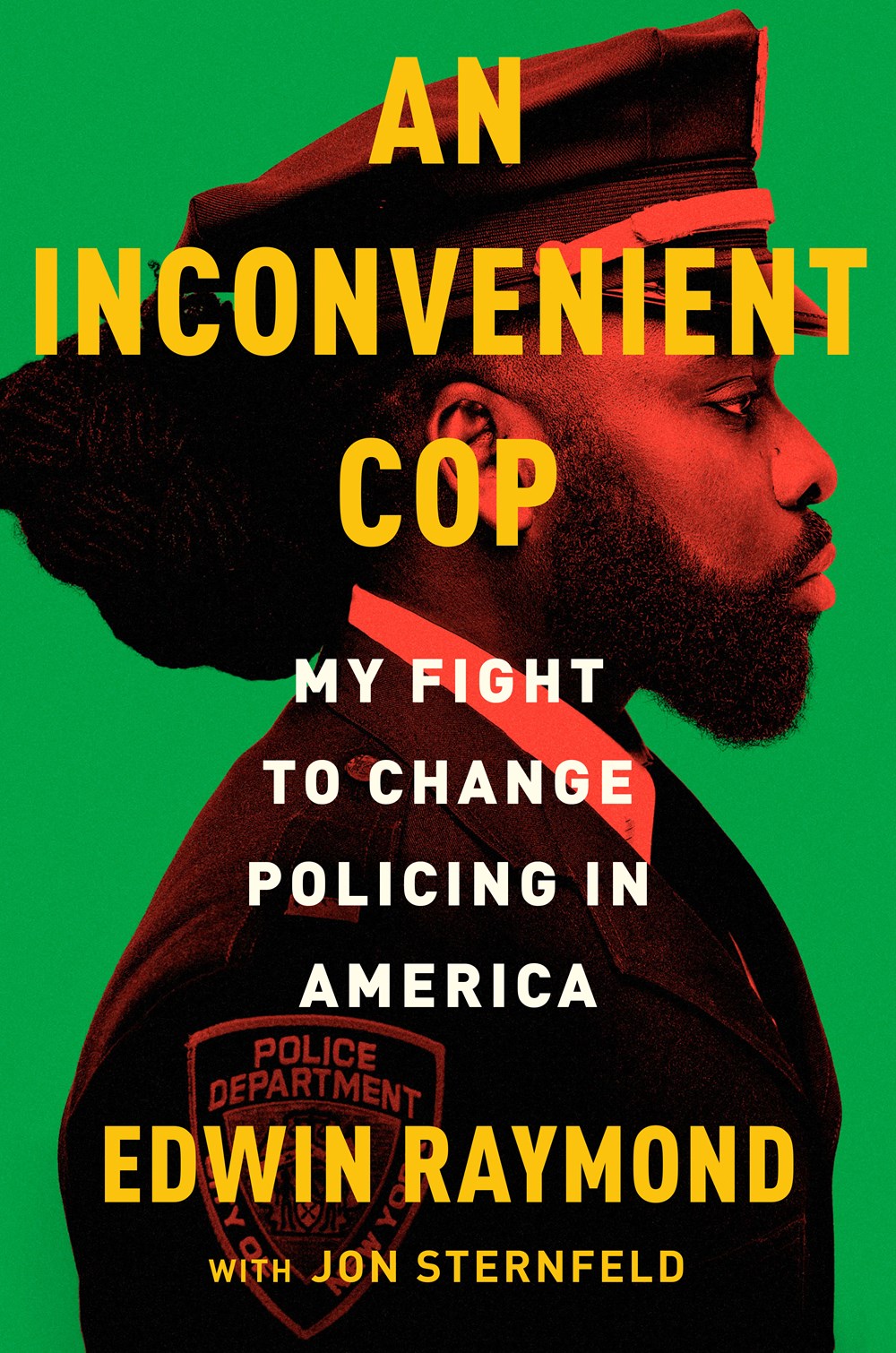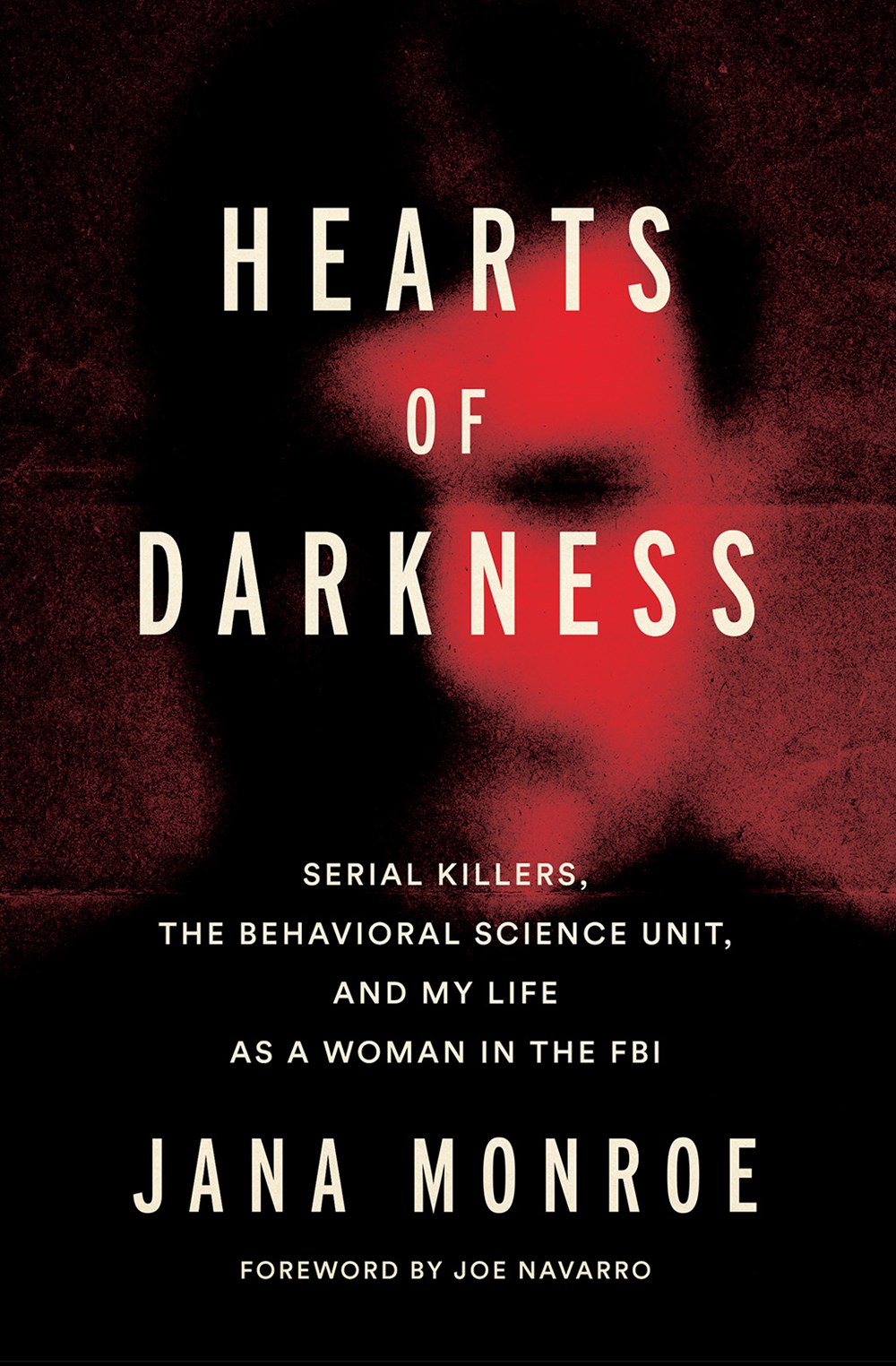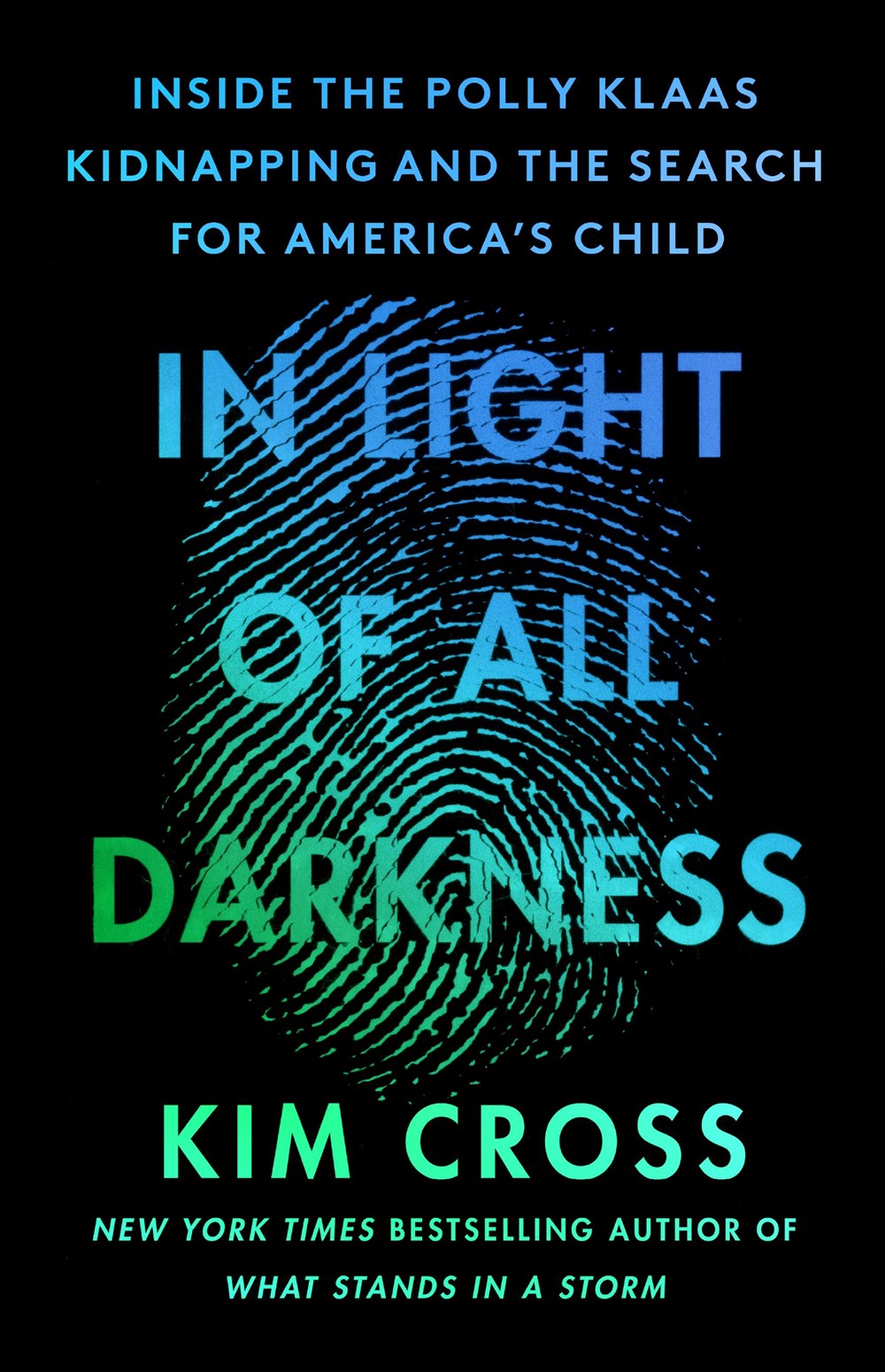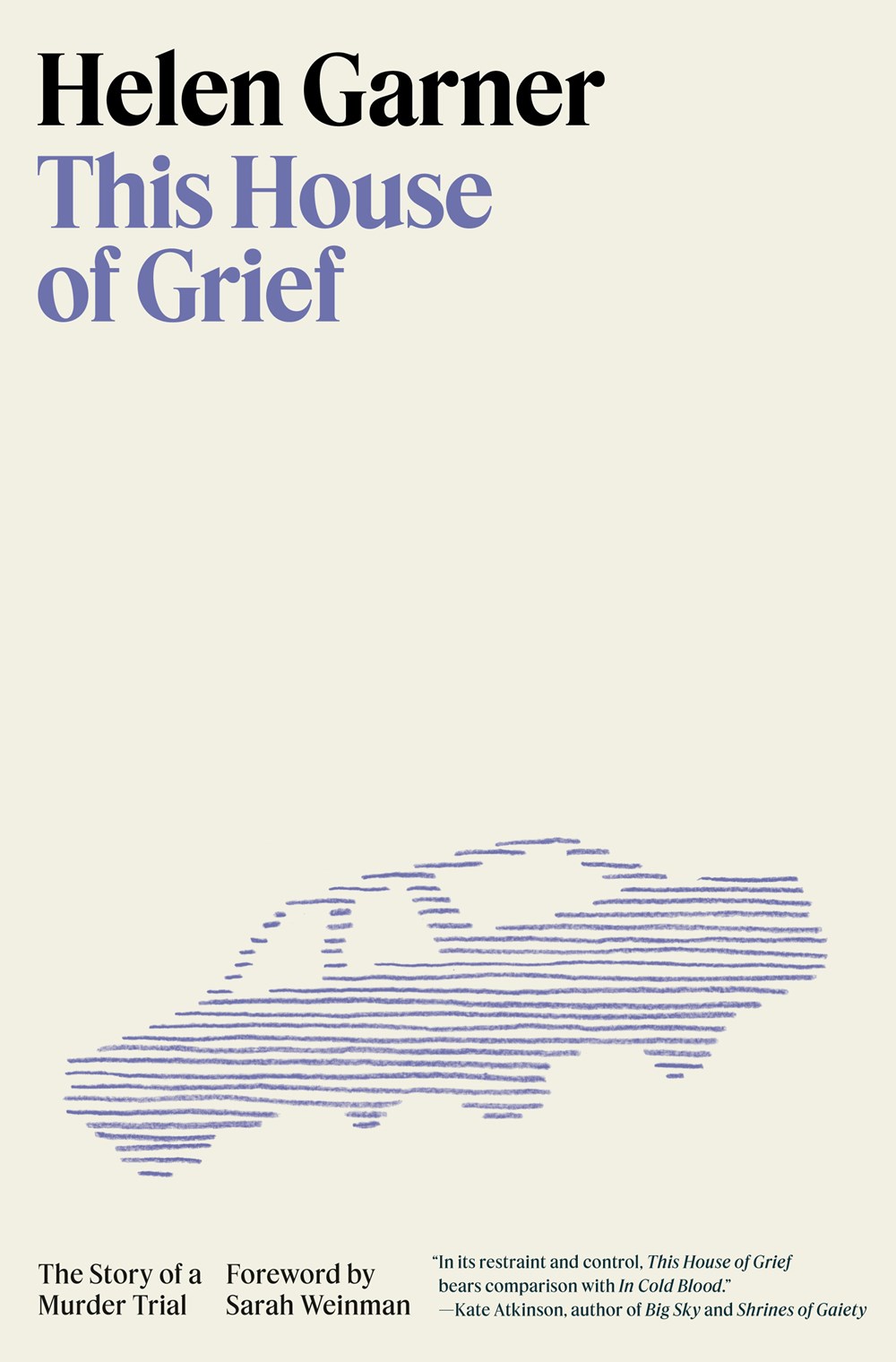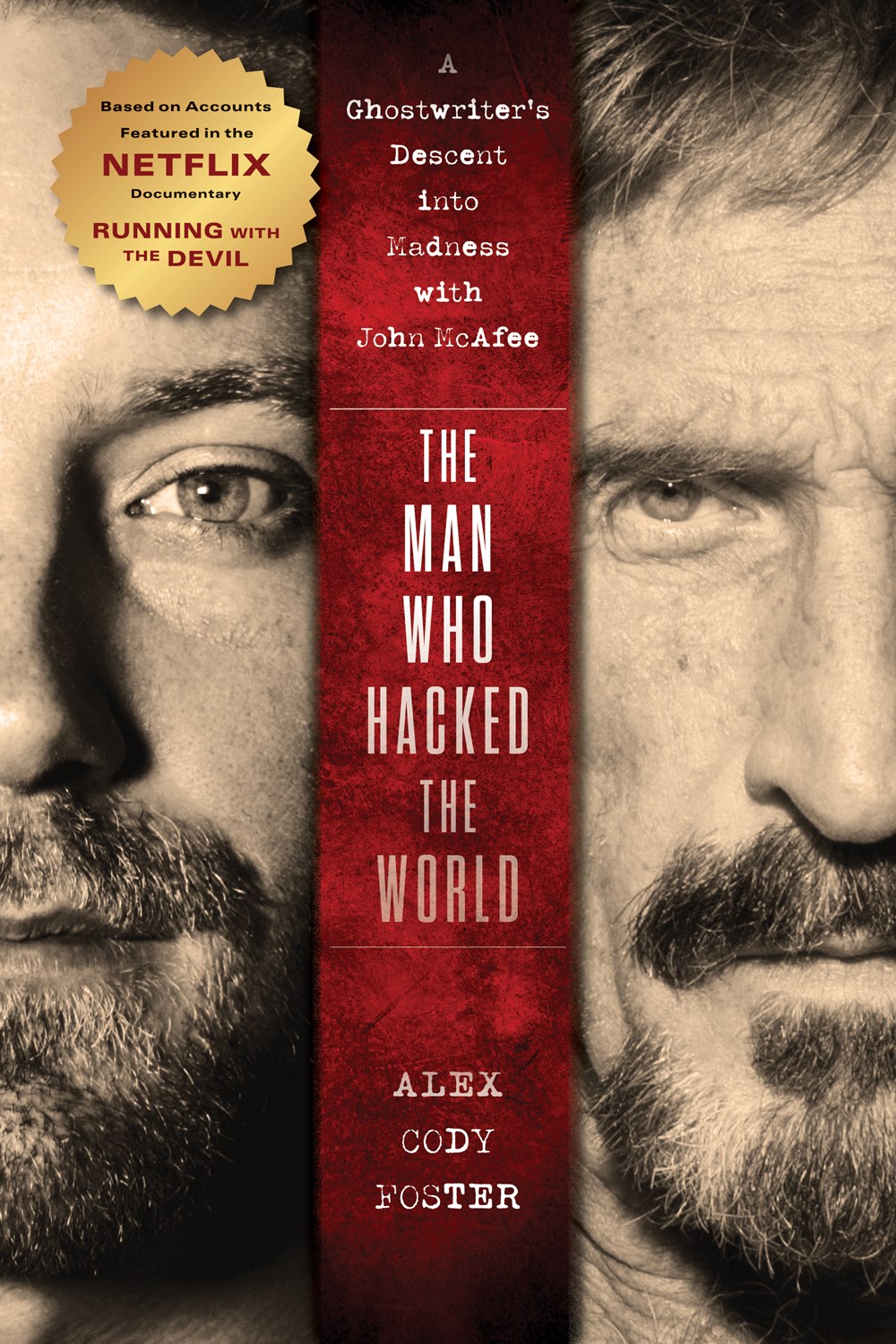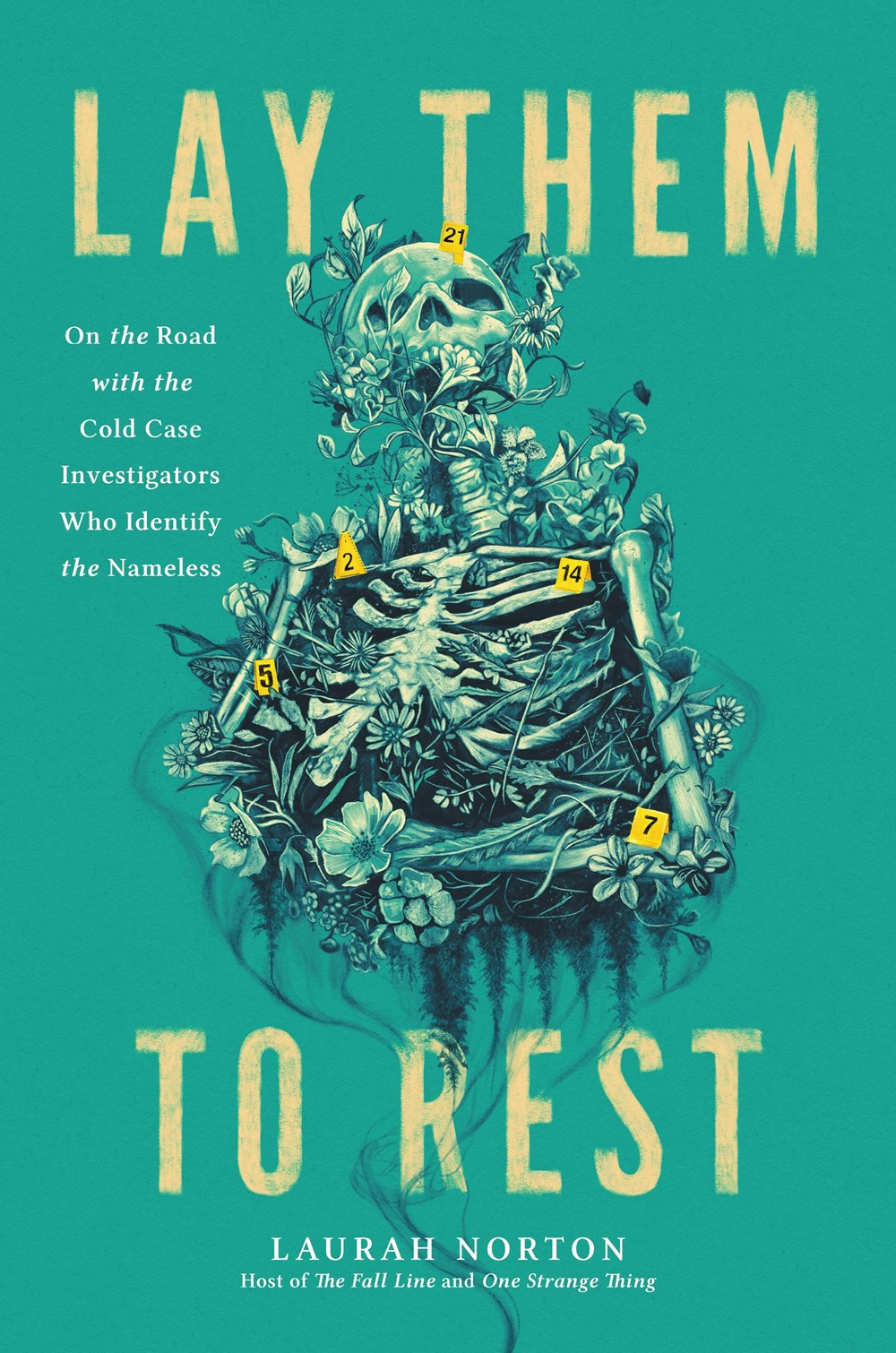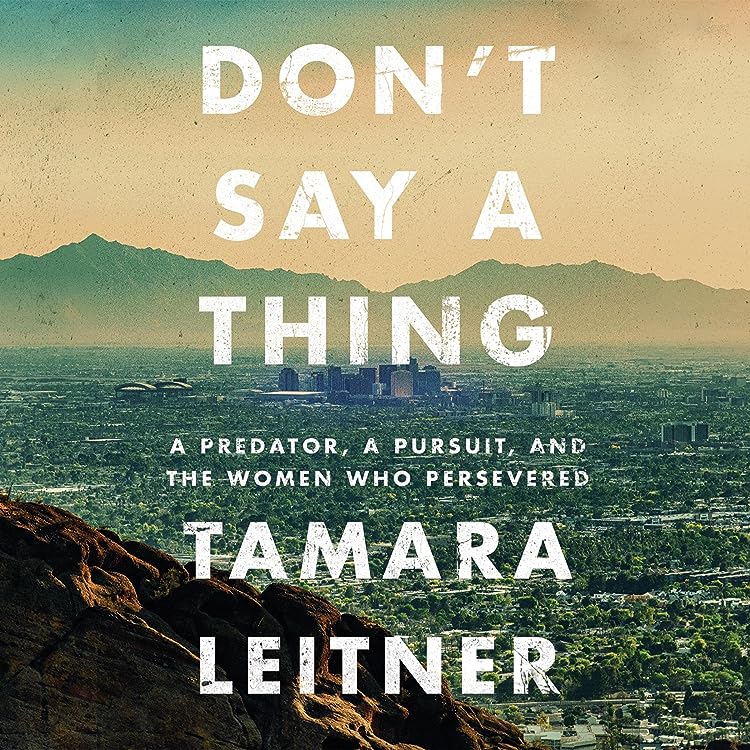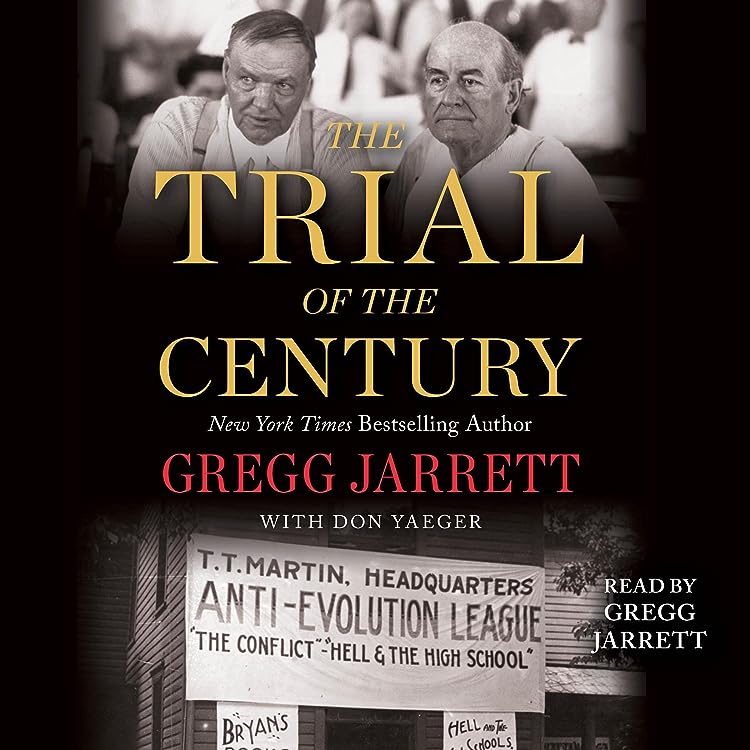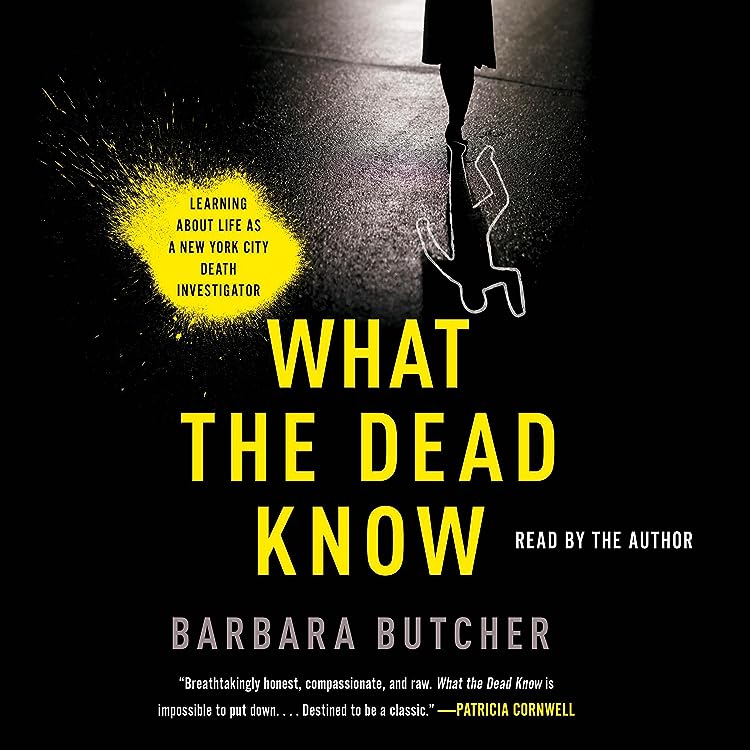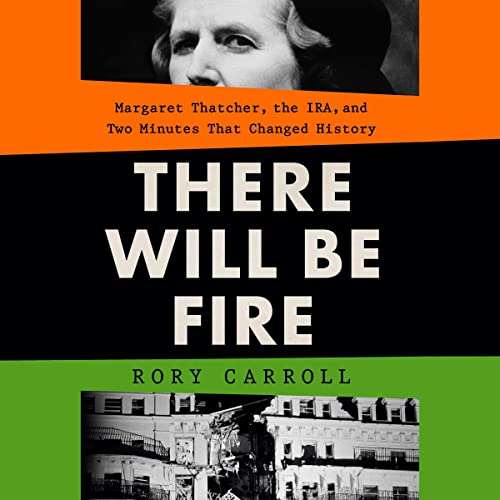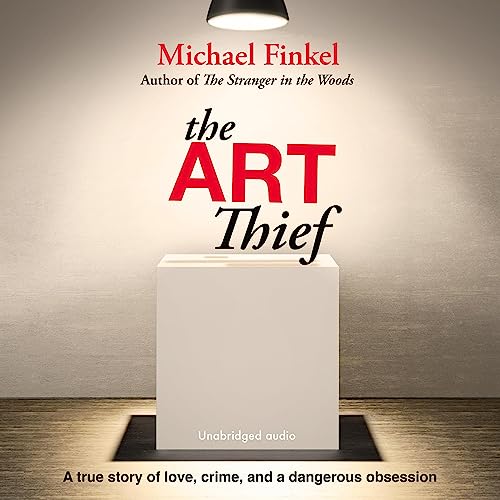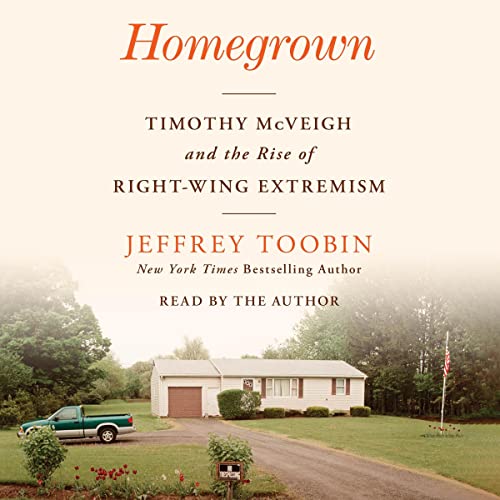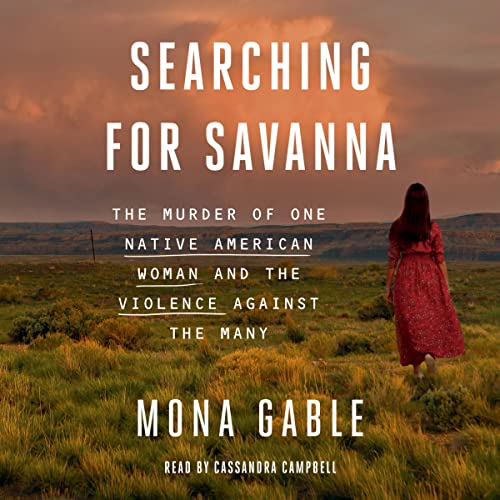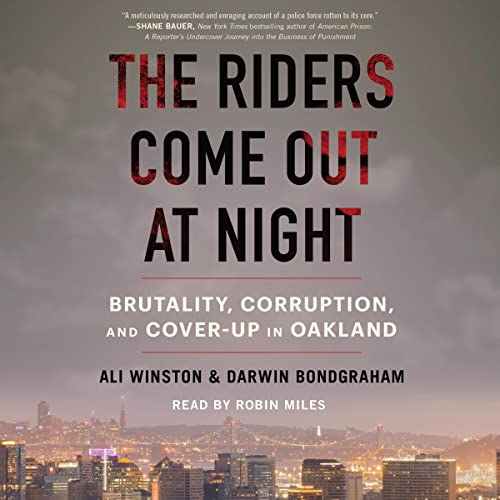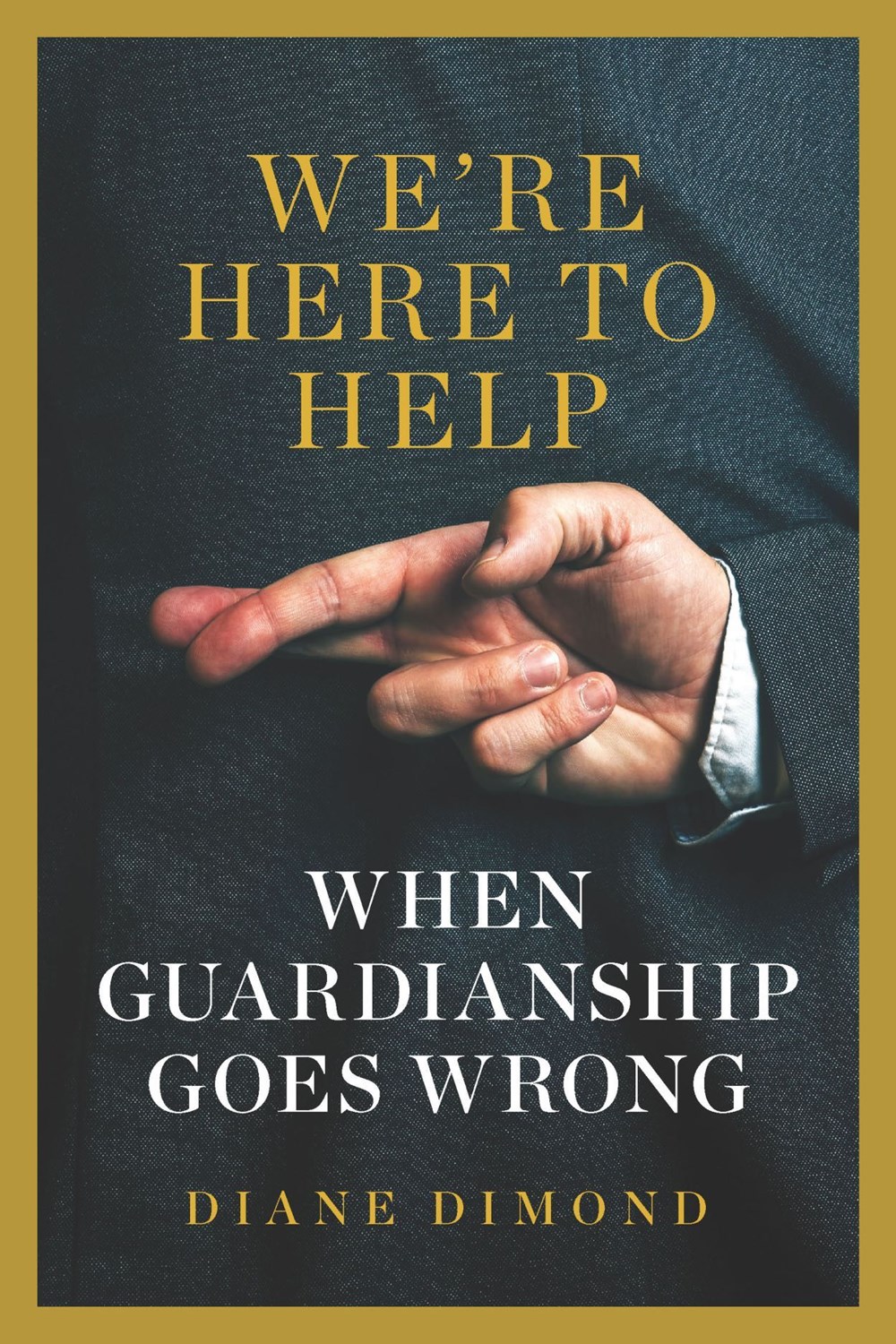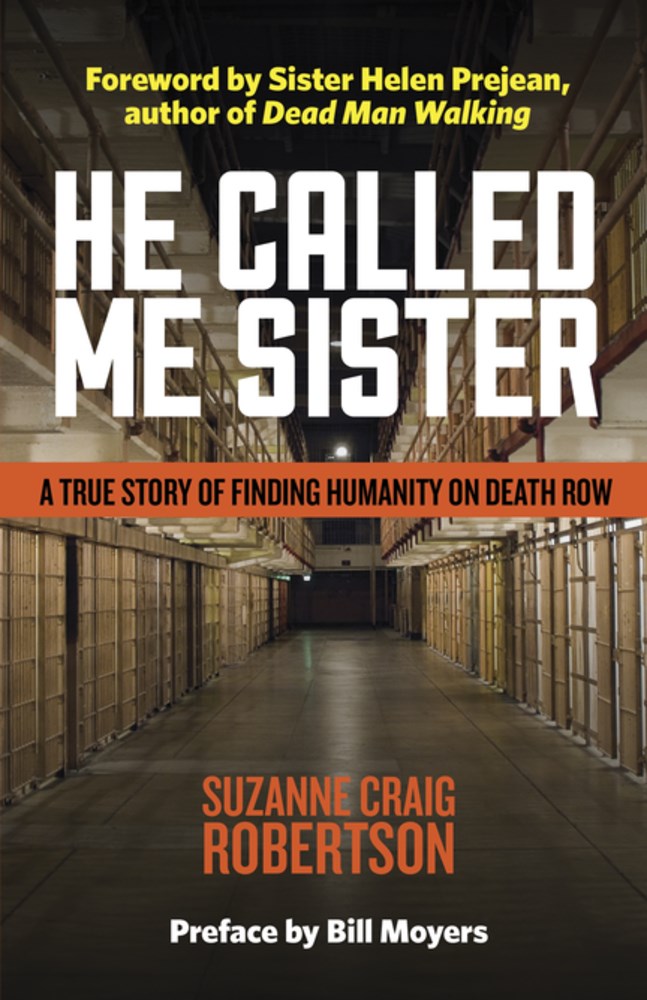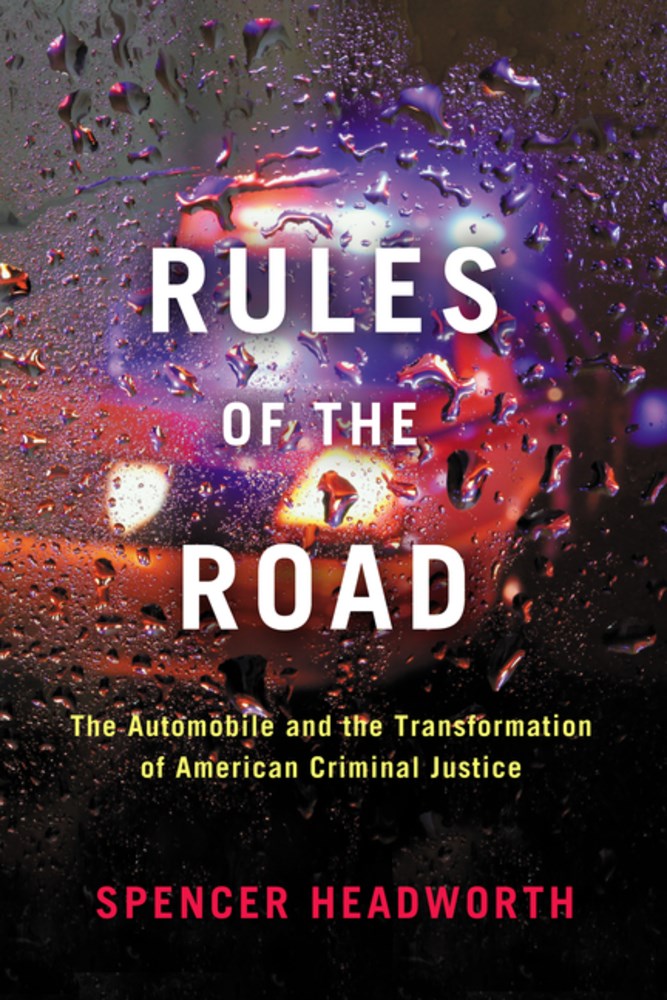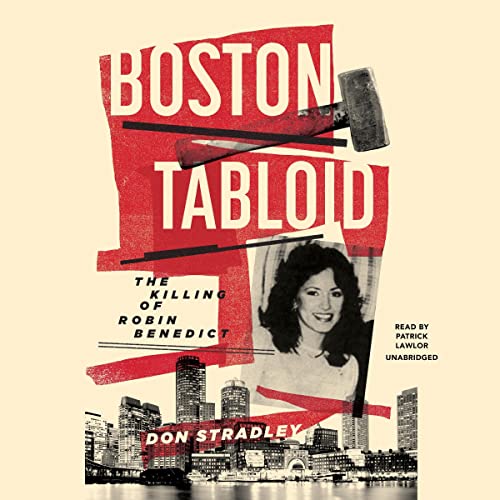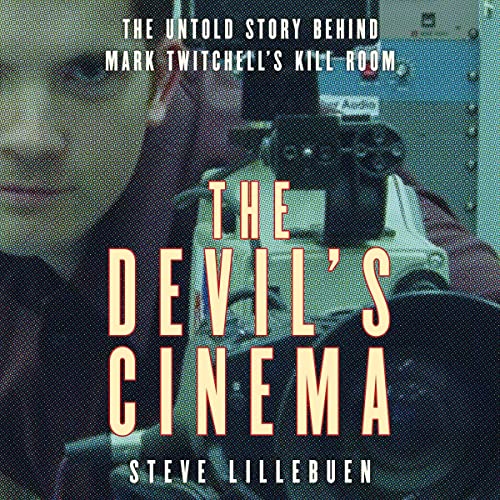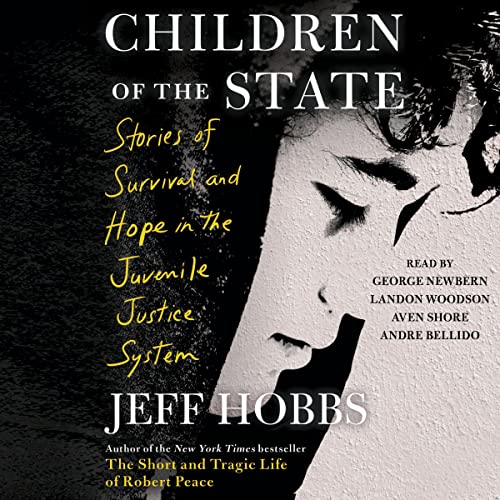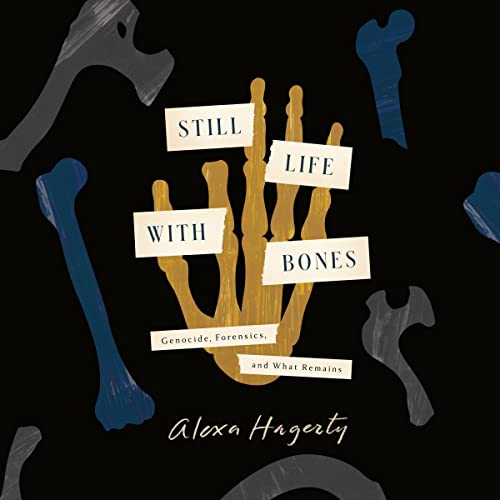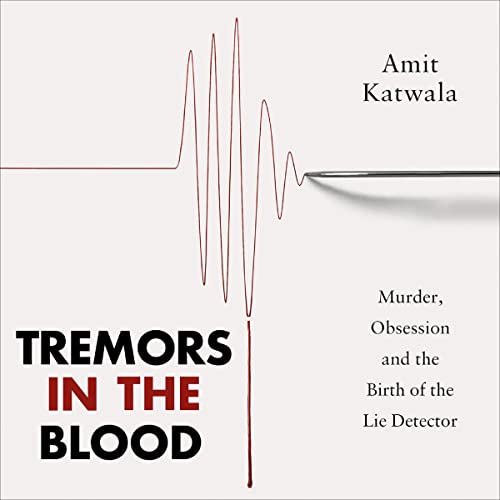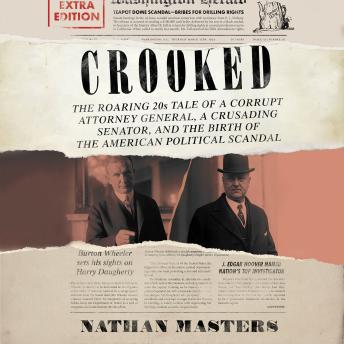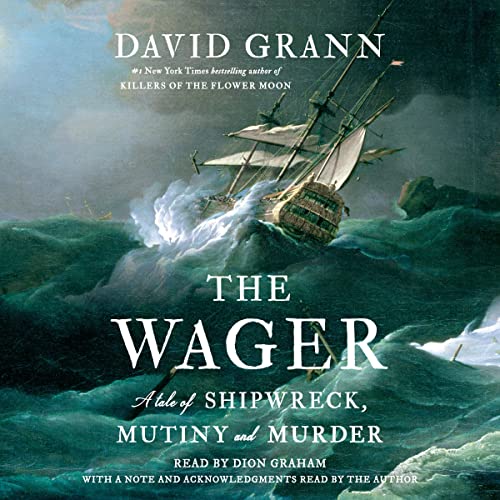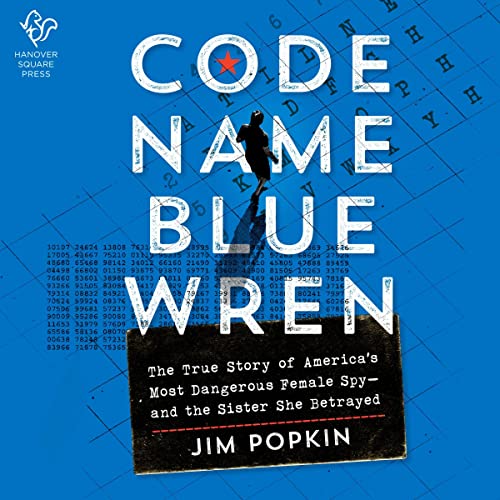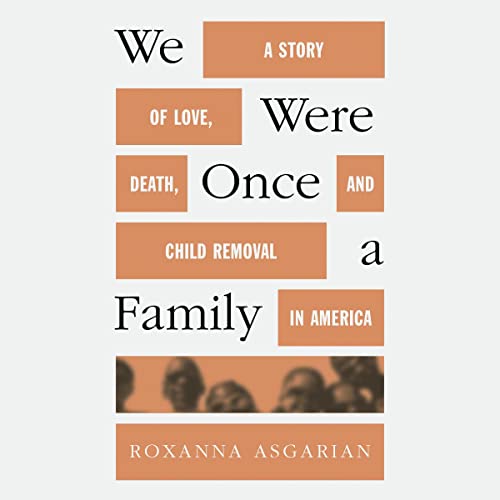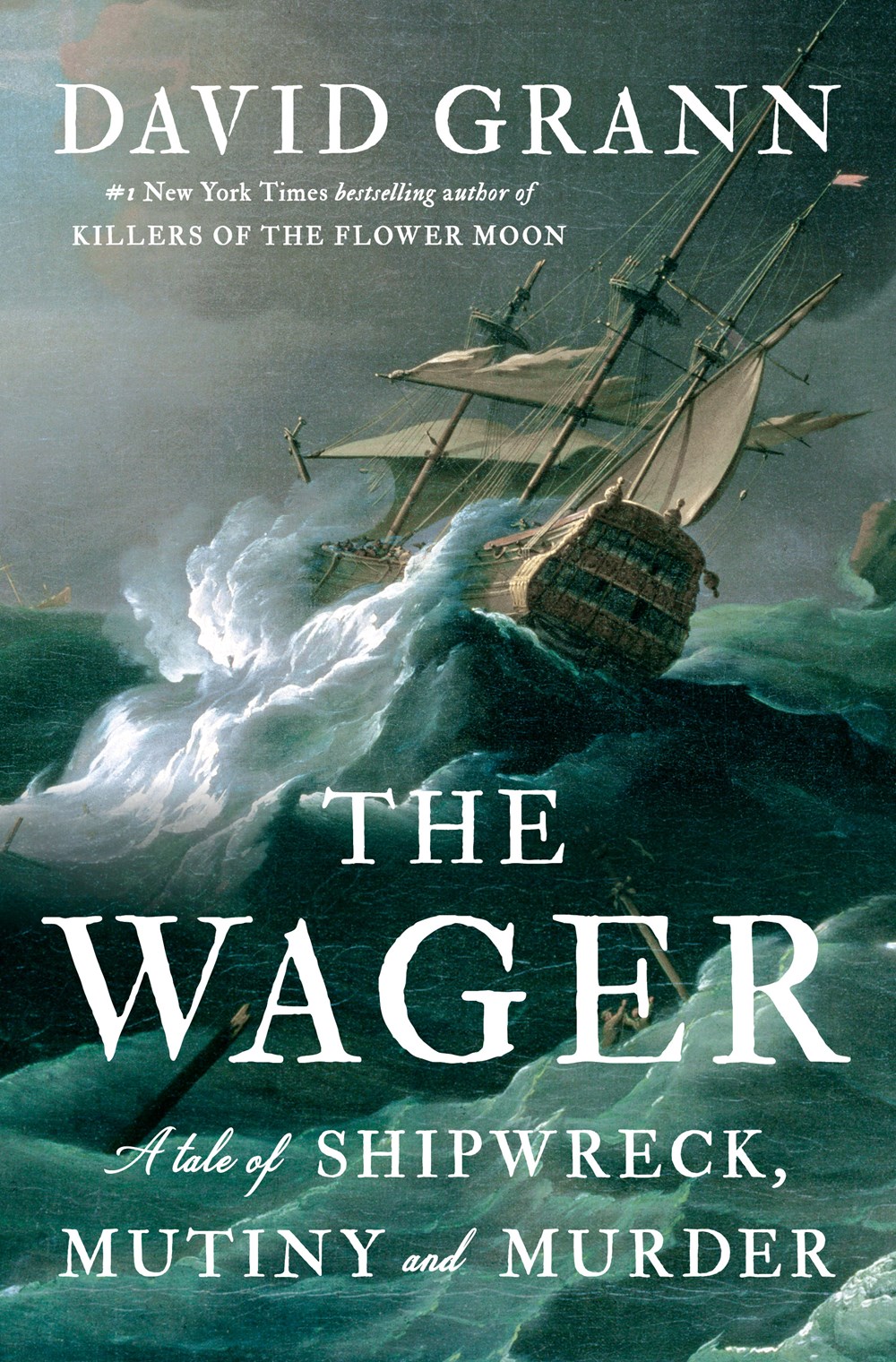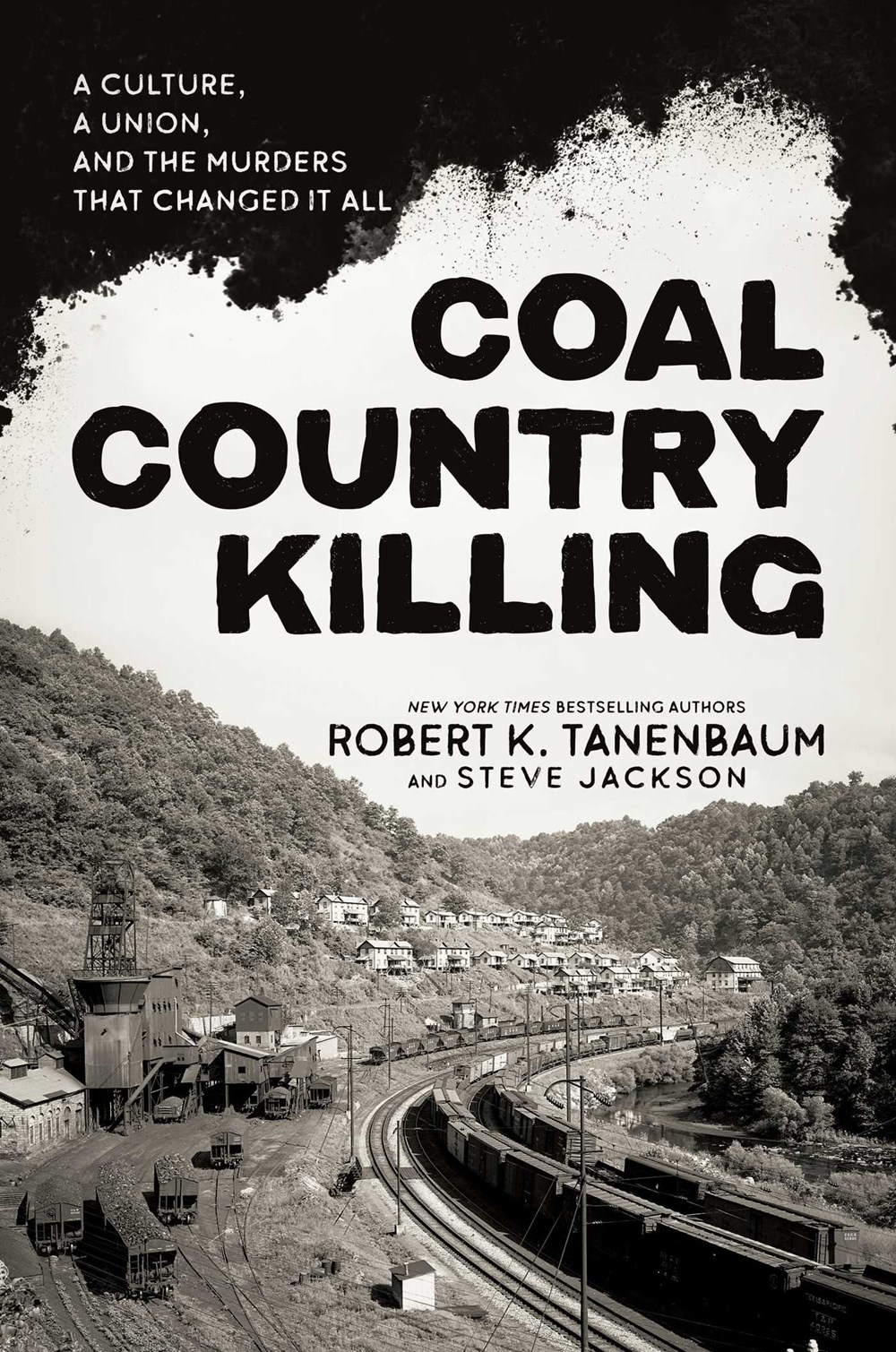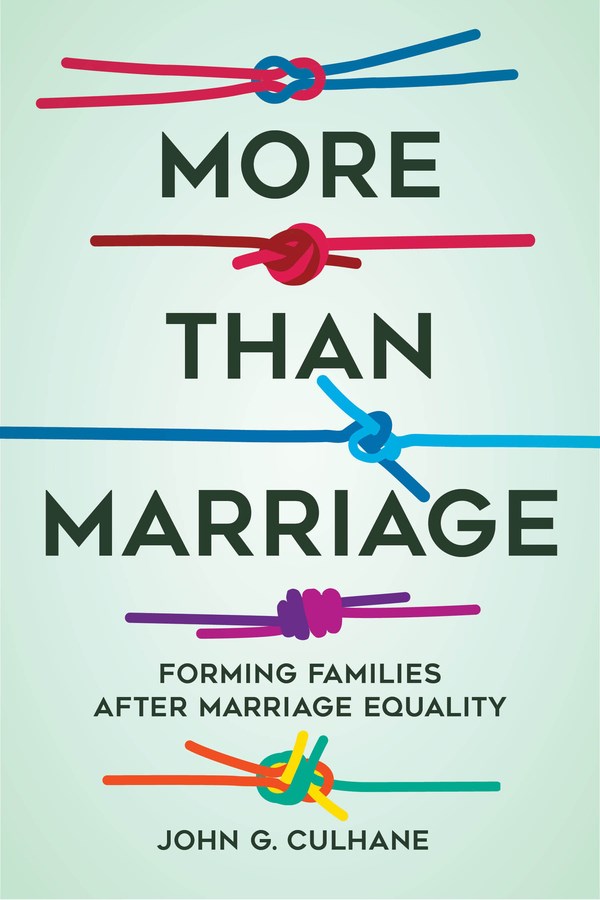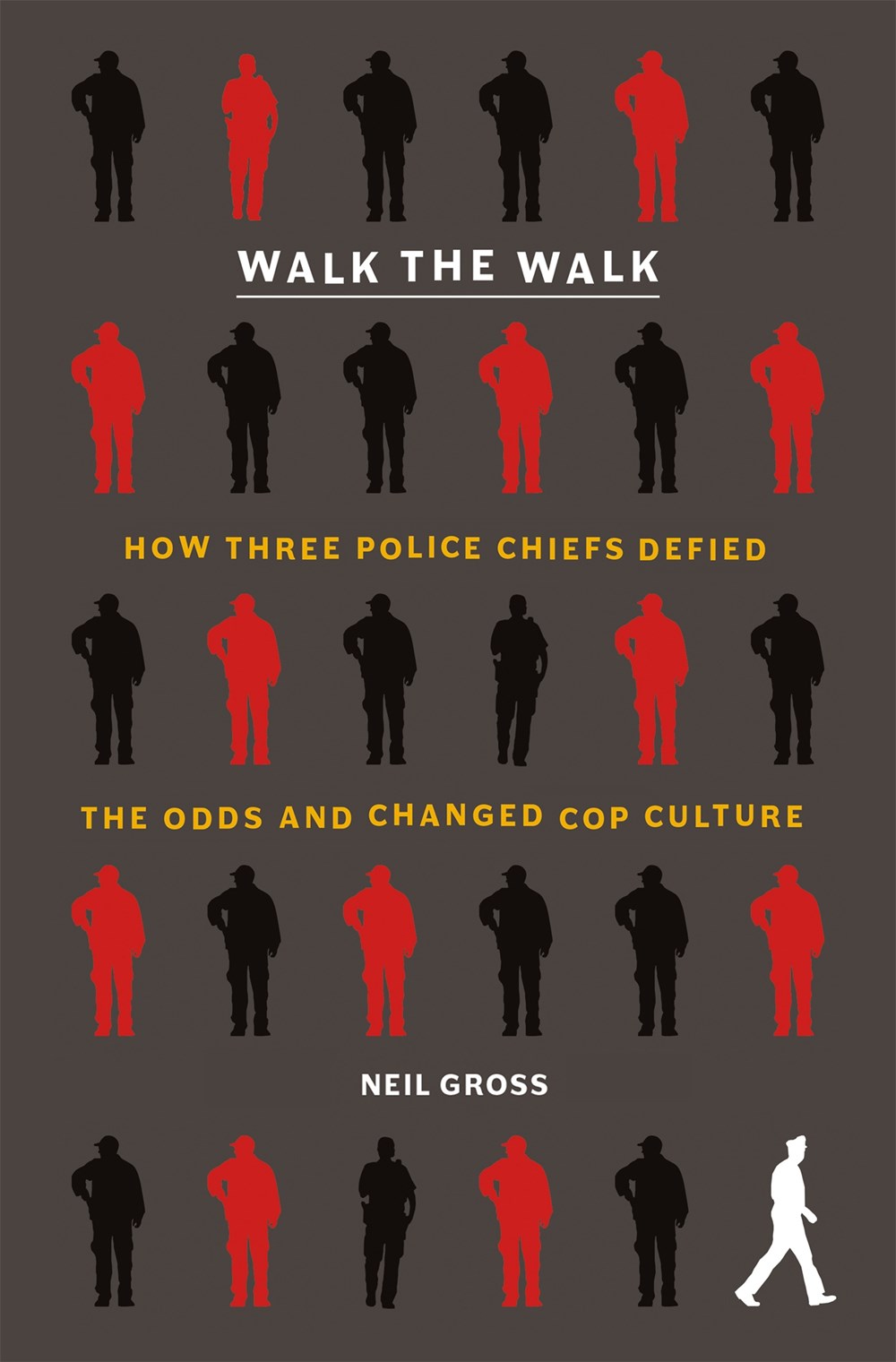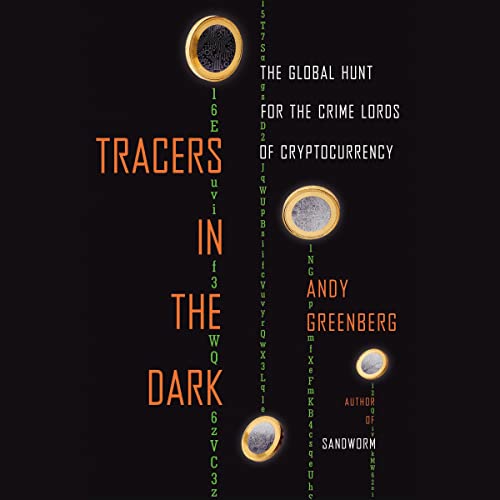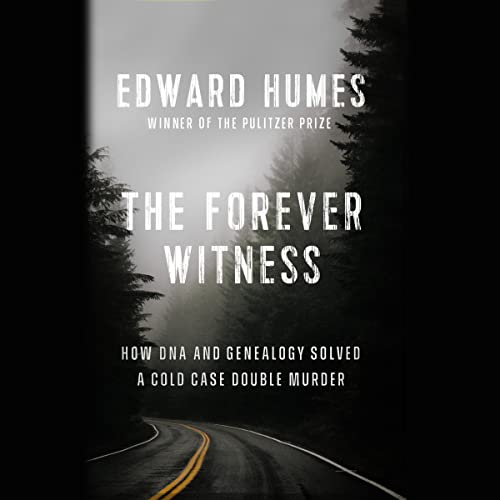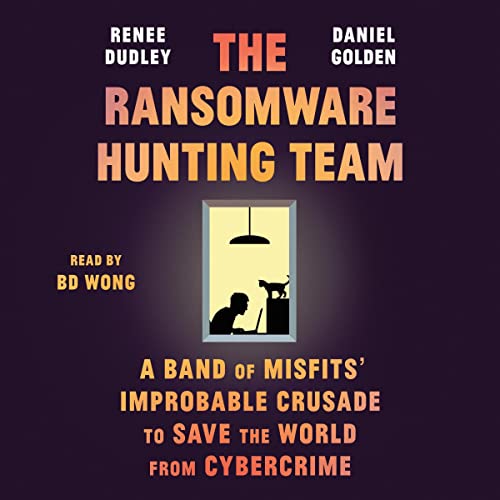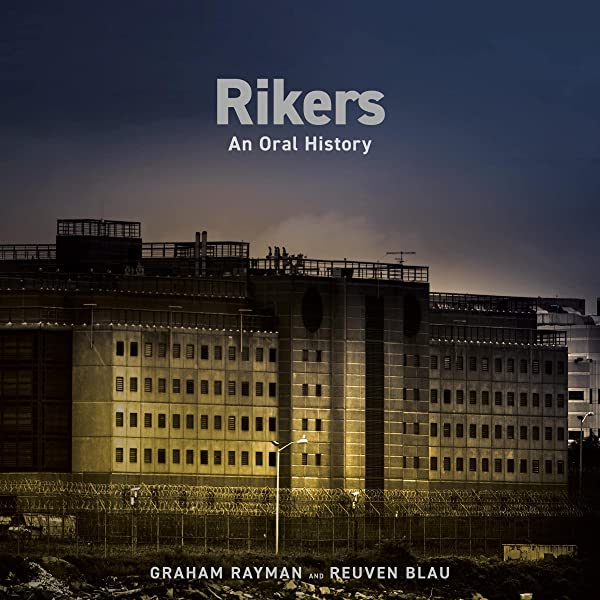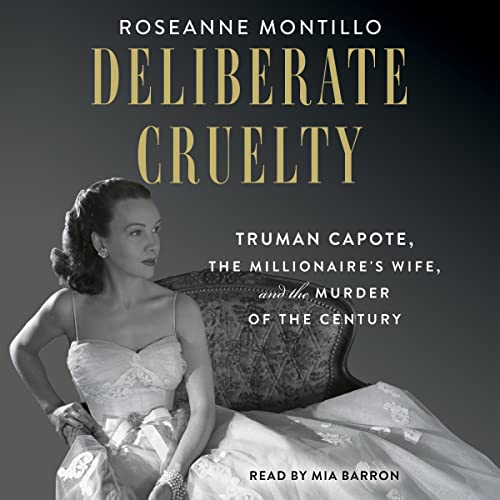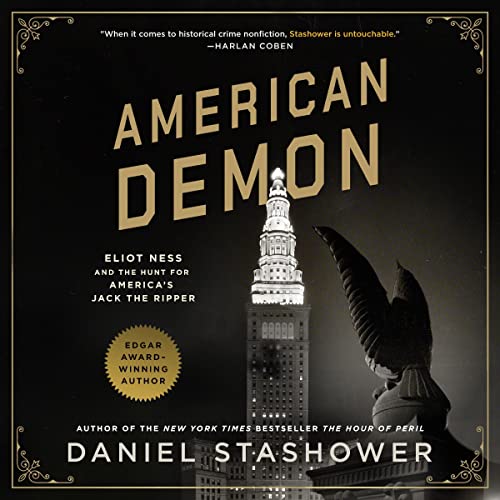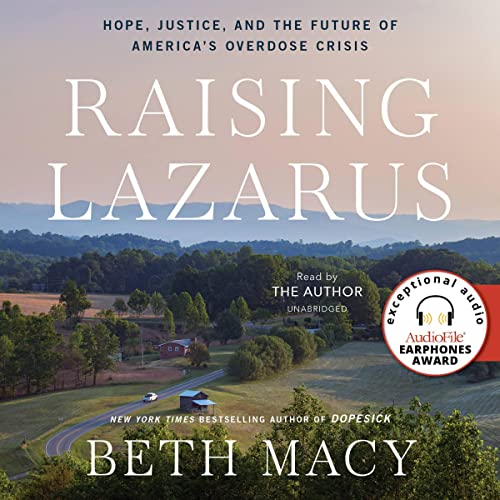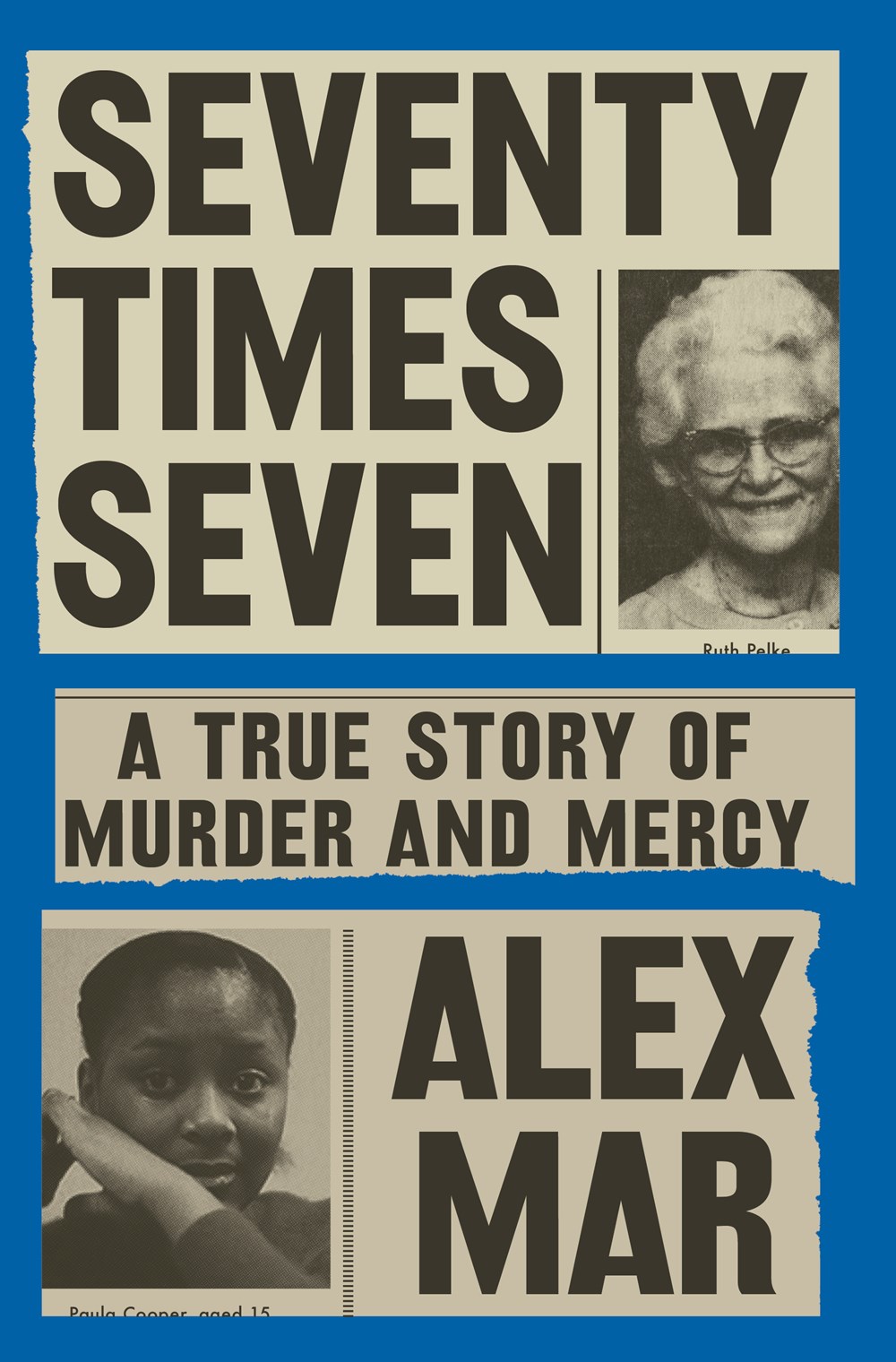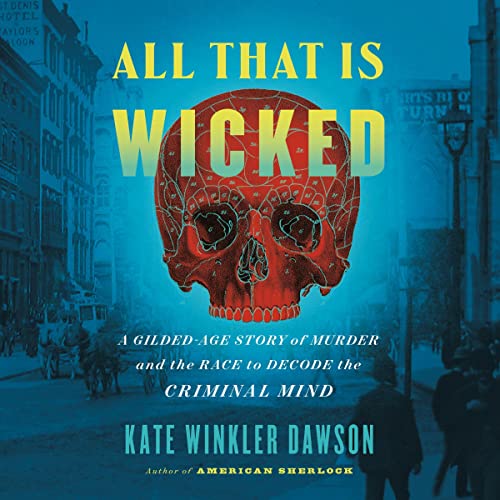Related
Readers interested in true crime or the legal system will be delighted with Rosenberg’s narrative gift. They won’t want to miss her memoir’s unique perspectives.
A highly readable account of murder and systemic racism. This title is a compelling example of how to take stories that made headlines and find the deeper, more nuanced narrative strains that rarely come across in the media.
For police memoir fans and people who enjoy reading about triumph over adversity. This isn’t as blistering as Edwin Raymond and Jon Sternfeld’s An Inconvenient Cop, which was about the NYPD, but this is a worthwhile and insightful account from a retired police superintendent.
PREMIUM
The Witch of New York: The Trials of Polly Bodine and the Creation of Tabloid Justice in America
A winning recommendation for listeners interested in true crime or the intricacies of the legal system. This account of the devastating power of rumors and hearsay is both fascinating and chilling.
Recommended for lovers of unconventional true crime such as The Gardner Heist by Ulrich Boser and In Vino Duplicitas by Peter Hellman.
A story of conspiracy and murder, providing intimate knowledge of each person involved and allowing listeners to understand how far people will go to preserve a community’s solidarity.
Lovers of true crime, gangsters, and the Golden Age of Hollywood will devour this book about an infamous case and the women who stood their ground.
PREMIUM
Fear Is Just a Word: A Missing Daughter, a Violent Cartel, and a Mother’s Quest for Vengeance
A heart-wrenching depiction of violence and a mother’s love. Recommended for listeners who appreciated Cristina Rivera Garza’s Liliana’s Invincible Summer.
This intriguing examination of a horrific killing spree may have listeners wondering if Fugate was innocent after all. An excellent recommendation for true crime fans and anyone interested in delving into the background of the Starkweather and Fugate case.
Companies and their safety employees will appreciate this updated, well-written, authoritative summary of OSHA law and practice.
An insightful read about using fear to frame public policies for political advantage. For First Amendment scholars and general readers alike.
PREMIUM
The Disquieting Death of Emma Gill: Abortion, Death, and Concealment in Victorian New England
This highly researched and detailed book serves as a stark reminder of the sometimes fatal consequences women face when denied the right to safe, legal abortions.
Fans of true crime tales will enjoy this retelling of the case of a woman whose two husbands mysteriously end up dead.
Perfect for true-crime lovers who want a story about sinister thefts that aims to uncover the psychological motivations behind some sensational crimes.
This audiobook will appeal to those just learning of Lam’s death and the Cecil Hotel, but those seeking tell-all true crime rather than a memoir may be disappointed.
PREMIUM
Pain Hustlers
Emily Blunt and Chris Evans star in a recently-released Netflix film based on the book, but Hughes’s riveting account about the opioid epidemic stands on its own as a work of outstanding narrative nonfiction that should find a place in most libraries.
PREMIUM
Treaty Justice: The Northwest Tribes, the Boldt Decision, and the Recognition of Fishing Rights
Readers interested in the history of Indigenous peoples, the Pacific Northwest, and legal battles will enjoy this book.
A great addition to collections about the history of film or organized crime, chronicling famous and lesser-known mobsters who made a killing, literally and figuratively, in Hollywood. Sussman’s diligent research and juicy storytelling will appeal to fans of his other works.
Readers will be able to visualize Zalkind’s murder board as they take in her meticulous, intriguing summation of her years of research. This is an eloquent book that is part true-crime deep dive and part memoir. It’s a definitive resource on a crime that, while officially unsolved, appears to be littered with conspiracies, corruption, and poor decisions.
This book will appeal to readers of true-crime stories, but it’s also ideal for those looking for a real-world example of what human trafficking looks like today.
For true-crime fans who want to be taken through the details, the theories, and every piece of evidence of the Berman murders case.
Readers intrigued by recent FBI histories such as Beverly Gage’s G-Man: J. Edgar Hoover and the Making of the American Century should access this first comprehensive biography of one of Hoover’s predecessors. It has the rapid pace of a spy novel. For specialists and generalists alike.
A clear and comprehensive primer about the culture and values required to operate constitutional government as the country’s founders intended. This is, indeed, an imperative read for engaged citizens.
This title about police departments will appeal to concerned citizens and policy makers. Pair it with An Inconvenient Cop by Edwin Raymond with Jon Sternfeld.
Those who are new to the case and those who followed it since the beginning should enjoy this thorough exploration of corruption, influence, and depravity in this prominent Southern family. For fans of Sarah Weinman’s Scoundrel or Juan Martinez’s Conviction.
A well-researched and new take on one of Hollywood’s most notorious mysteries. True-crime fans and celebrity mavens will enjoy.
An excellent and thorough biography of a character whose true story is not widely known, and a wild ride through the Depression and the U.S. prison system; many will enjoy the journey.
Measurably advances the conversation about ways to meet people’s legal needs. This narrative demands the attention of readers interested in making the legal system work for everyone, regardless of their resources.
Fans of true crime will enjoy this collection of tales from the annals of American justice; they will surely come away eager to learn more about the crimes that have meaningfully shaped the judicial system.
A solid purchase for libraries seeking to broaden their coverage of women in history. Share with readers of Katherine Sharp Landdeck’s The Women with Silver Wings, which offers a similarly heartening account of women’s accomplishments in the military.
A deeply affecting look at a tragedy involving three families. True crime fans will be enthralled and deeply moved by this impeccably researched account.
Parts of this book stretch the story longer than necessary. But this is still an important title for community college or university libraries since it offers difficult-to-find details about the culture and history of fraternities.
A much-needed corrective to stereotypes about the reasons behind some women’s acts of violence. This title spotlights highly personal stories of trauma, while signaling the need for systemic change.
An absorbing and thought-provoking memoir that provides a clear and compelling argument for police reform.
PREMIUM
Hearts of Darkness: Serial Killers, the Behavioral Science Unit, and My Life as a Woman in the FBI
A gripping and readable memoir that’s an essential read for audiences who want to understand the history of the FBI and the BSU. True-crime fans will enjoy Monroe’s tales about some of the most memorable cases she worked.
One of the best true crime books out there. It shows the anguish and toll on the investigators and witnesses to a heinous crime. True-crime and public-affairs readers will devour this well-researched book. It’s as good as the outstanding Unmasked by Paul Holes with Robin Gaby Fisher.
This book is less of a biography and more of a window with a view of McAfee’s world. Its twists and turns are certain to fascinate readers.
A compelling and moving book with excellent narration that captivates from beginning to end. For readers of Bryan Stevenson’s Just Mercy.
Leitner speaks to the impact of sexual assault, describing the devastation wrought on survivors as well as their families and friends.
PREMIUM
The Trial of the Century
Listeners will likely find this story riveting, as it speaks to still relevant debates surrounding intellectual freedom, evolution, and the separation of church and state.
Butcher provides a nonsensationalist glimpse into the real world of crime scene investigations, serving as a knowledgeable yet sensitive guide. This is a title that could well become required reading in the field; share with readers of Paul Holes’s Unmasked: My Life Solving America’s Cold Cases.
An empathetic, beautifully narrated audio that details a heartbreaking tragedy complicated by social media and a politicized law-enforcement system.
Although it may be difficult for listeners to relate to Breitwieser, Ballerini’s expert narration makes this a recommended purchase for all collections.
Toobin’s authoritative chronicle, which allows the facts to speak for themselves, is as unsettling as it is powerful. A timely and impressive account of the roots of domestic terrorism.
PREMIUM
Searching for Savanna: The Murder of One Native American Woman and the Violence Against the Many
Gable makes the case for the need to protect the rights of Indigenous women in this gripping work.
A magnum opus for the well-worn aphorism “the police cannot police themselves,” this audio’s impact lies in the wealth of examples emphasizing that this abusive conduct is etched in place by pattern and practice. The authors make a powerful case that public pressure is essential in making police departments accountable.
Fans of true crime and Netflix’s I Am a Killer series will enjoy this well-written, well-researched book, but some readers may find portions disturbing.
This book provides clear evidence of the problems within the U.S. guardianship and conservatorship system and how easily it can affect anyone at any time. Readers interested in law, civil rights, and stories about everyday people will be drawn in quickly, but it’s a book for everyone.
The book is clearly written and argued, and each chapter includes a legal cartoon, which legal reformers will likely enjoy. There are also plenty of practical tips.
This deeply moving book is a personal challenge to doctrinaire notions of justice verses the Christian conviction that each person is redeemable.
Drawing on a wide array of secondary literature, the book’s provocative discussion of the automobile’s pervasive and profound impacts on the United States will likely appeal to readers interested in any of the interconnected issues of crime and punishment, individual independence, equality of opportunity, mobility, public health and spaces, the environment, and social justice.
An accessible, informative, instructive, and adroit analysis of the forces that are shaping choices and defining technology’s future promises. For policymakers, this is an essential read.
This book, well-researched and engaging, draws readers into the intricate web of lies about a trust-fund tall tale that spanned throughout the 1970s and ’80s and across the globe. Readers who enjoy true crime and stories about cons will quickly be absorbed into Yeebo’s first book.
Professionals and general readers will appreciate this incisive review by a juvenile-court expert. Readers wanting to hear from the system’s victims can pair it with Rikers: An Oral History by Graham Rayman and Reuven Blau.
Fans of true crime will relish this book. A good read-alike is I’ll Be Gone in the Dark by Michelle McNamara.
A compelling recounting of one man’s obsession and a shocking case judged in the court of public opinion.
Lovers of true crime will be unable to stop listening. A horrendous tale from its beginning straight through to its convoluted finish.
Hagerty’s illuminating account provides a fascinating and deeply moving glimpse into how anthropologists’ use of forensic methods has changed the ways in which research is conducted in the field.
While the technology has changed, modern policing still relies heavily on scientific evidence. Katwala’s fascinating history of this unreliable device is a cautionary tale that will likely appeal to those interested in criminal justice and true crime.
For fans of G-Man: J. Edgar Hoover and the Making of the American Century by Beverly Gage. Recommended for general purchase.
All the trimmings of an admirable shipwreck story are present, including scurvy, mutiny, controversy, and foul weather. Combined with Graham’s hardy narration, Grann’s latest is a riveting must-listen. Expect broad listener appeal and high demand for this enthralling seafaring tale.
This deep dive into the case of Ana Montes is meticulously presented and will captivate true-crime lovers.
This audio will appeal to listeners seeking a harrowing, issue-oriented nonfiction work about family, foster care, and the faults and failings of both. Recommended for fans of Adrian Nicole LeBlanc and similar steadfast investigative journalism.
An engaging read that’s filled with meticulous descriptions about how and why the wreck and mutiny unfolded. Readers who have a strong interest in high crimes on the sea and military history will want to dive in.
With research and trial transcripts, the authors masterfully narrate this true account that reads like a novel that cannot be put down. A must for all libraries.
Finkel will have art history and true crime lovers obsessively turning the pages of this suspenseful, smartly written work until its shocking conclusion.
An intriguing combination of memoir and true crime. Perfect for readers who enjoyed Mary Roach’s Stiff and Caitlin Doughty’s Smoke Gets in Your Eyes.
This book about an unsolved murder that continues to haunt an affluent suburb of Cleveland is an optional purchase for libraries in the region.
This book about marriage alternatives should appeal to a general audience. Ideal for those interested in domestic law policies.
PREMIUM
The Murder of Angela Mischelle Lawless: An Honest Sheriff and the Exoneration of an Innocent Man
True crime readers will likely appreciate this detailed examination of a flawed case. A read-alike is Bone Deep by Charles Bosworth and Joel Schwartz.
This study belongs in social behavioral sciences collections. Ideal for scholars and general readers interested in this current, relevant, and much debated topic. Readers may want to pair this title with Jill Leovy’s Ghettoside, which examines the critical differences between murder investigations of Black victims vs. white ones.
Propulsively narrated by Fliakos, Greenburg’s book tells a crypto true-crime story, and also critiques the complexities of financial privacy in the digital age.
Followers of the Lindbergh kidnapping and O.J. Simpson trial will relish this story of an unsolved crime still open on the books.
This nail-biting account of a double-homicide cold case is still in the news today. An excellent addition to any true-crime collection.
PREMIUM
The Ransomware Hunting Team: A Band of Misfits’ Improbable Crusade To Save the World from Cybercrime
Listeners may struggle to keep track of the many characters and side stories, but with the importance of cyberattacks in today’s world, this is an important purchase for any library.
A phenomenal listen about one of the most notorious prisons in the U.S. It packs an emotional punch while providing hope for the future.
Recommended for true crime aficionados and those who love the forgotten corners of midcentury history.
An eye-opening exposé that encourages action and support for those experiencing substance-use disorder.
PREMIUM
Nine Black Robes: Inside the Supreme Court’s Drive to the Right and Its Historic Consequences
U.S. Supreme Court watchers will appreciate an inside look at recent momentous decisions.
A gold mine for researchers seeking data on crimes. The price should not deter libraries that have strong criminal justice and sociology collections as well as legal libraries. For those libraries that have the previous editions, this update is a must.
The book’s title is a biblical reference about forgiveness. Well-written, well-researched, and worth being added to a true-crime collection.
This audio is for listeners seeking a candid and complex historical biography that is alarming and alluring, though the depth may be daunting to the casual true-crime crowd. Recommended for fans of Erik Larson and Dean Jobb.
True crime fans will likely want to read this book, especially those interested in the history of criminal science.
articles
ALREADY A SUBSCRIBER? LOG IN
We are currently offering this content for free. Sign up now to activate your personal profile, where you can save articles for future viewing



